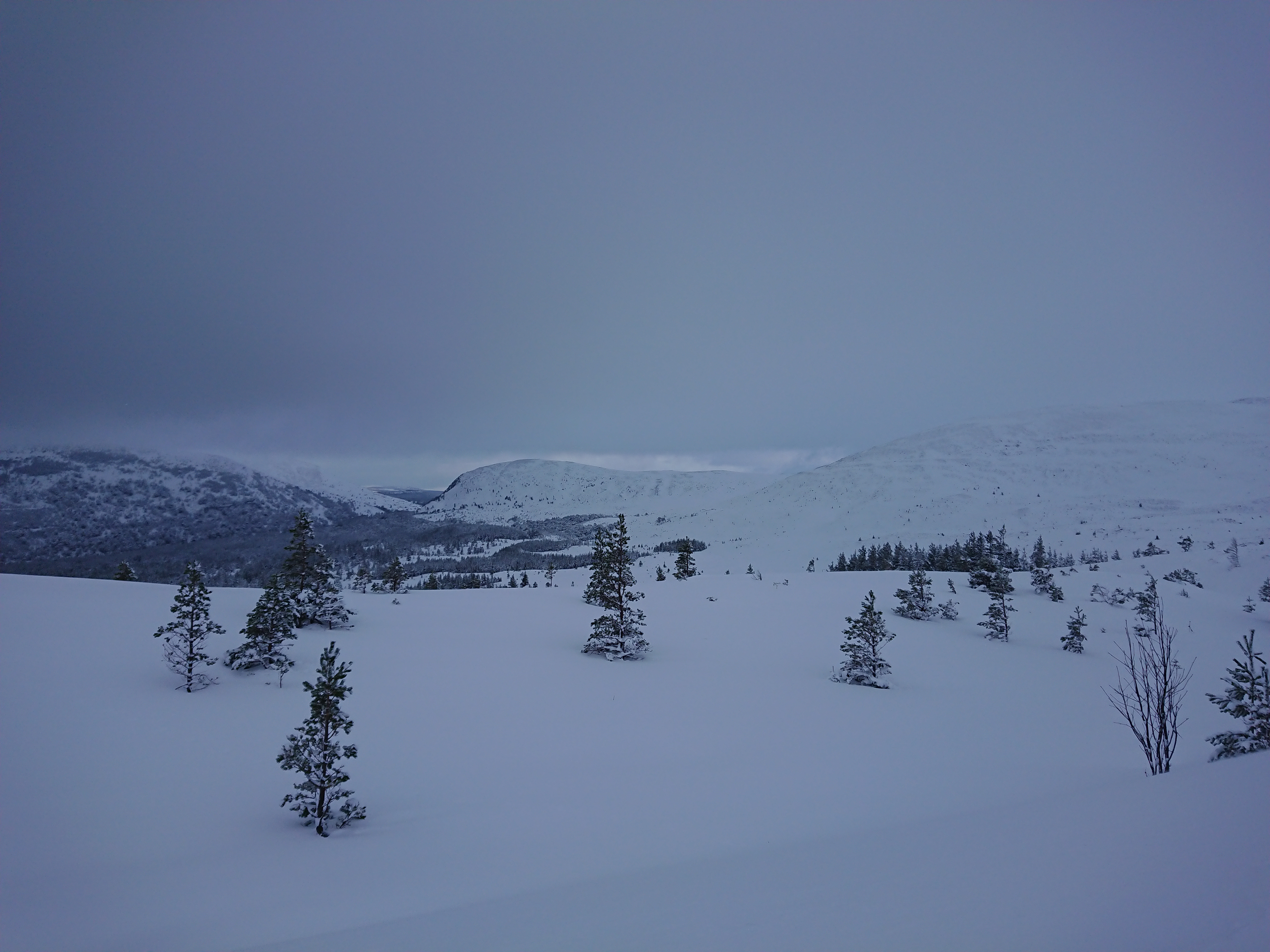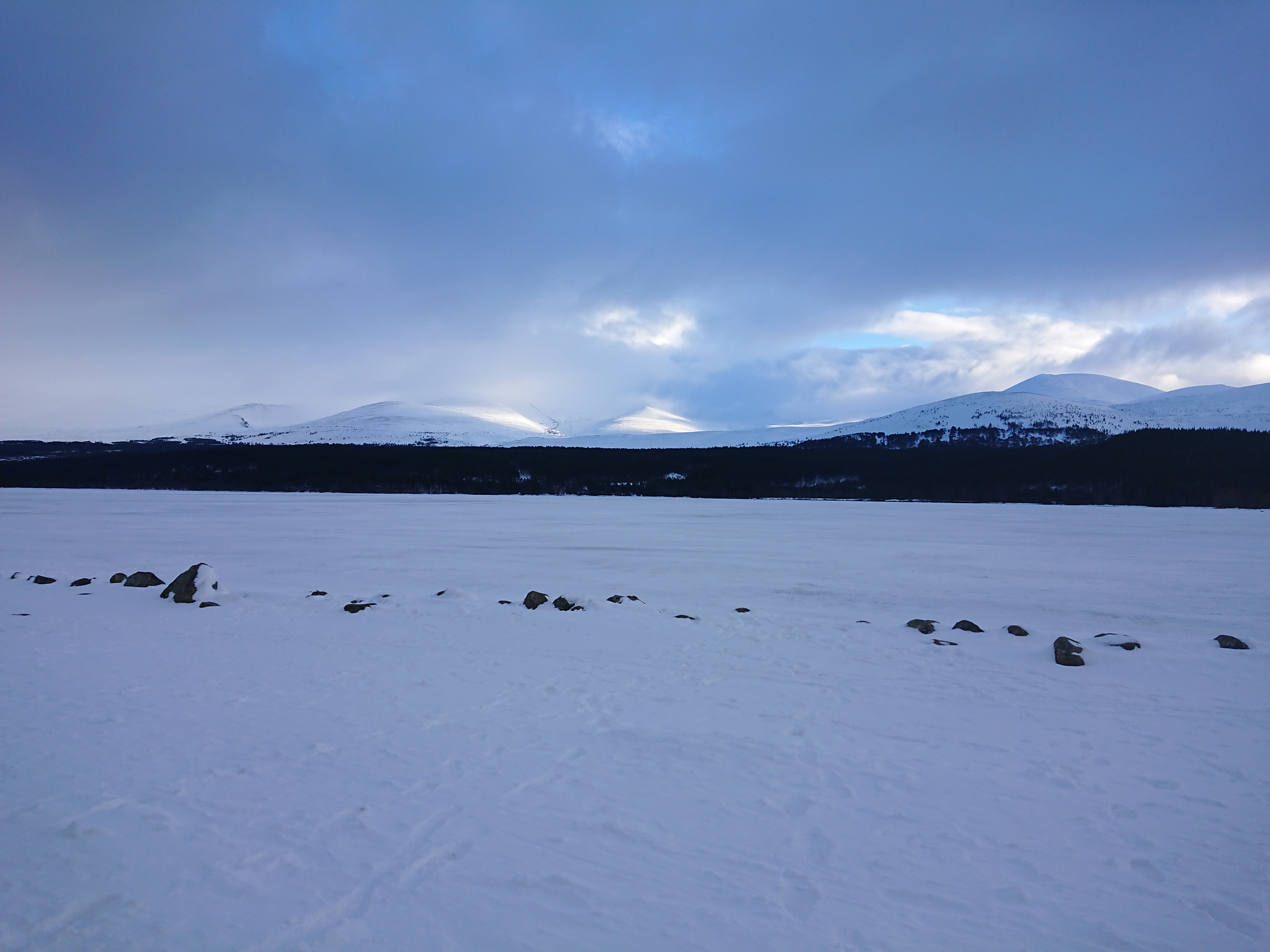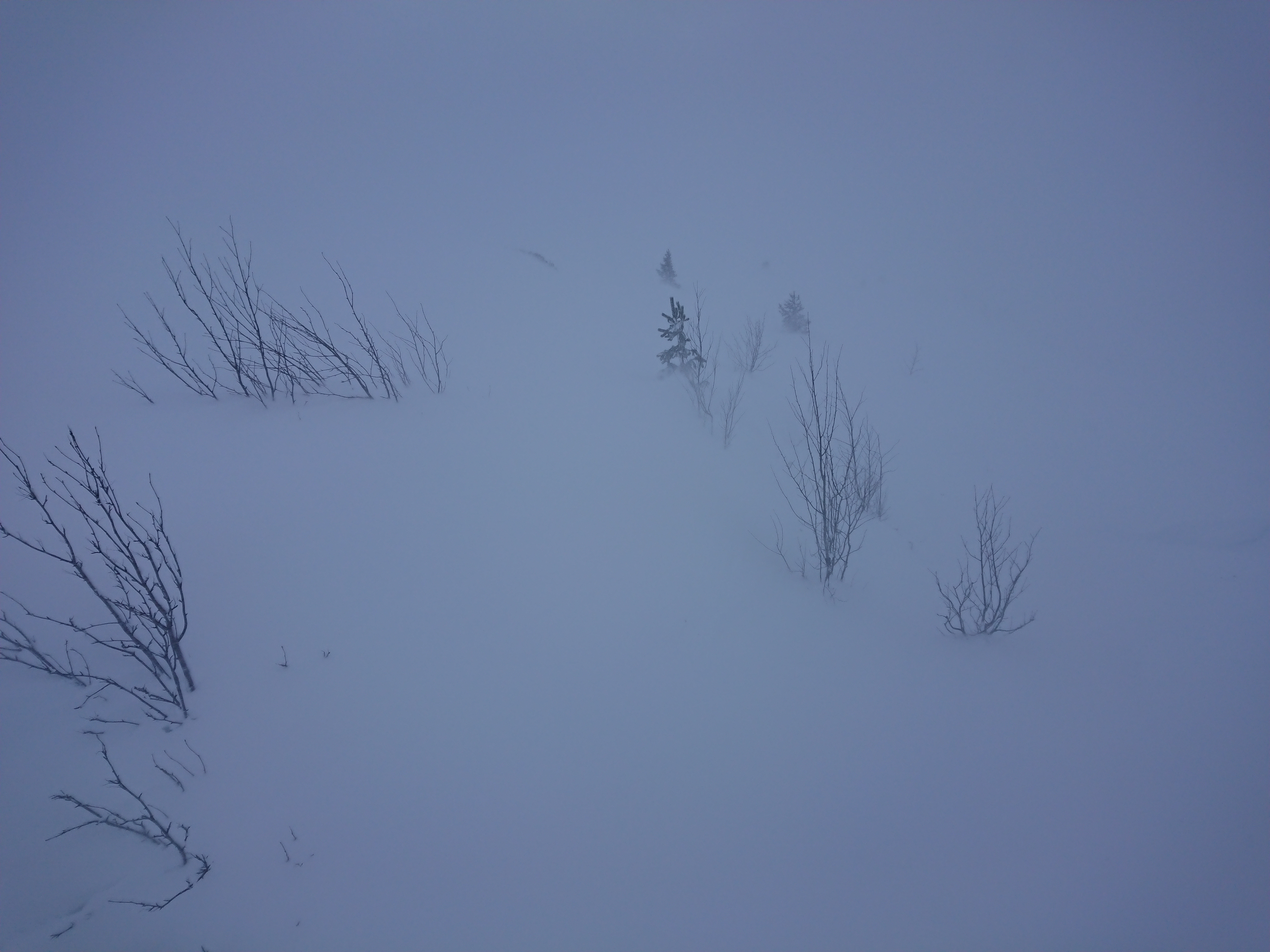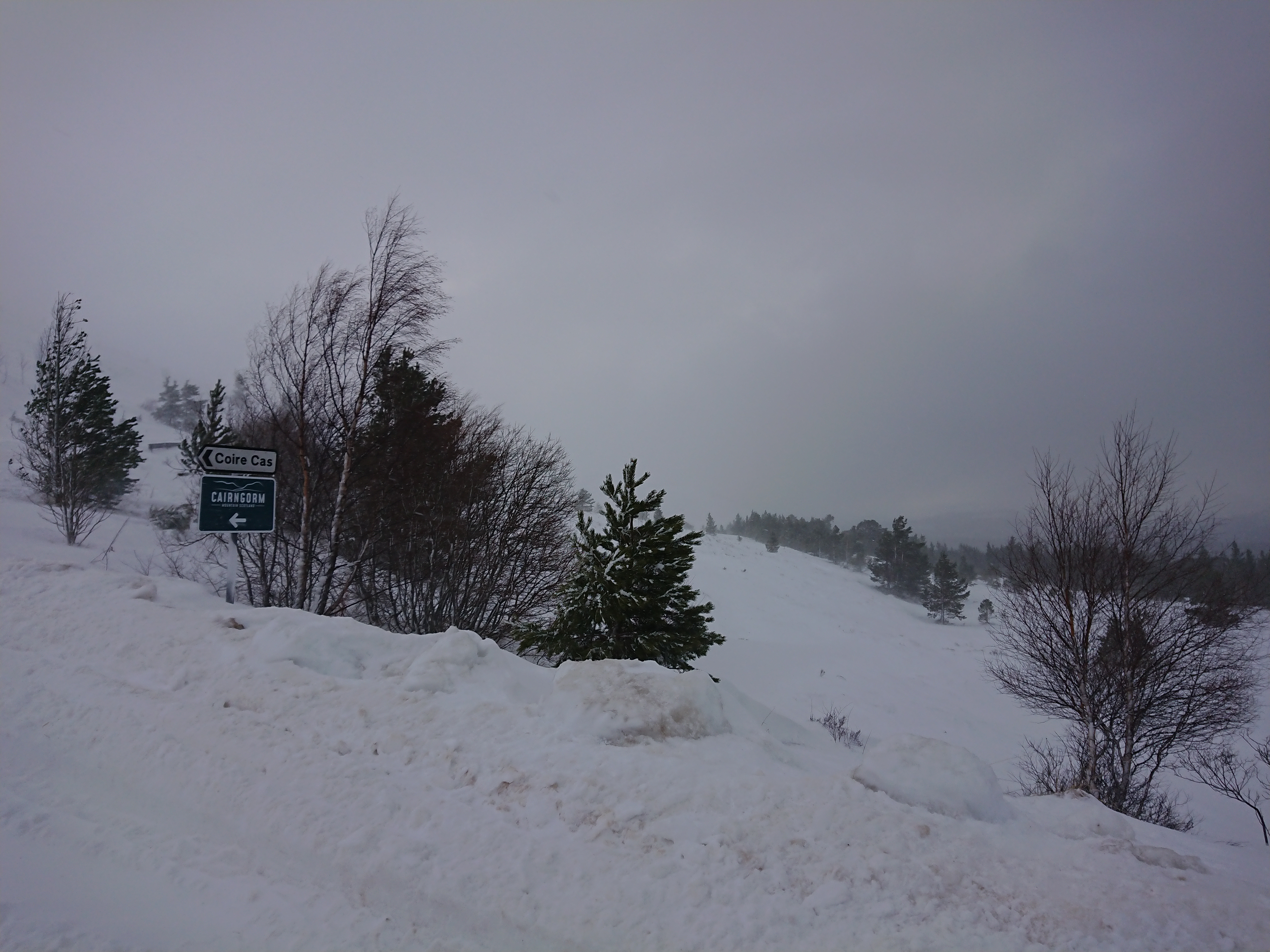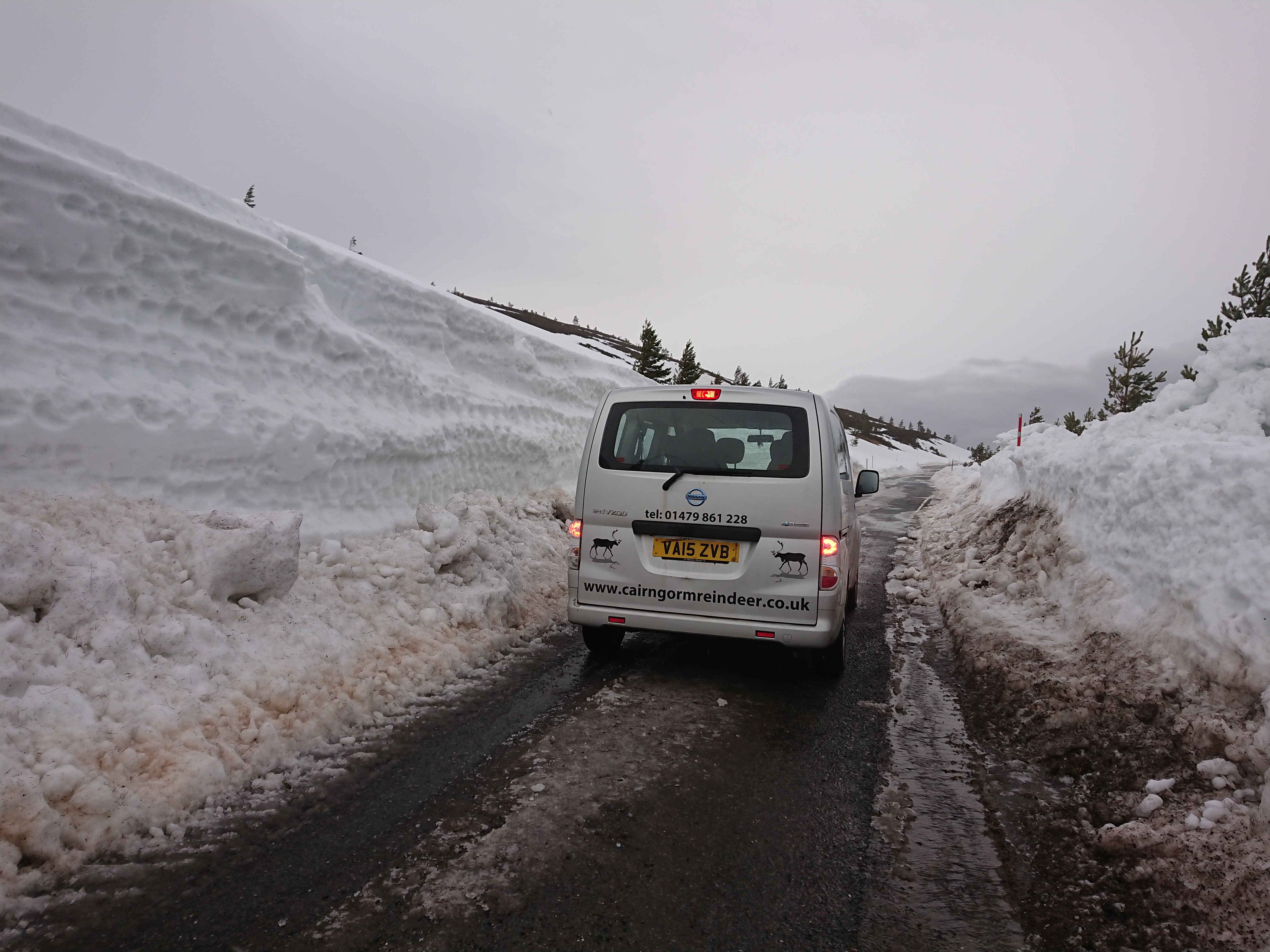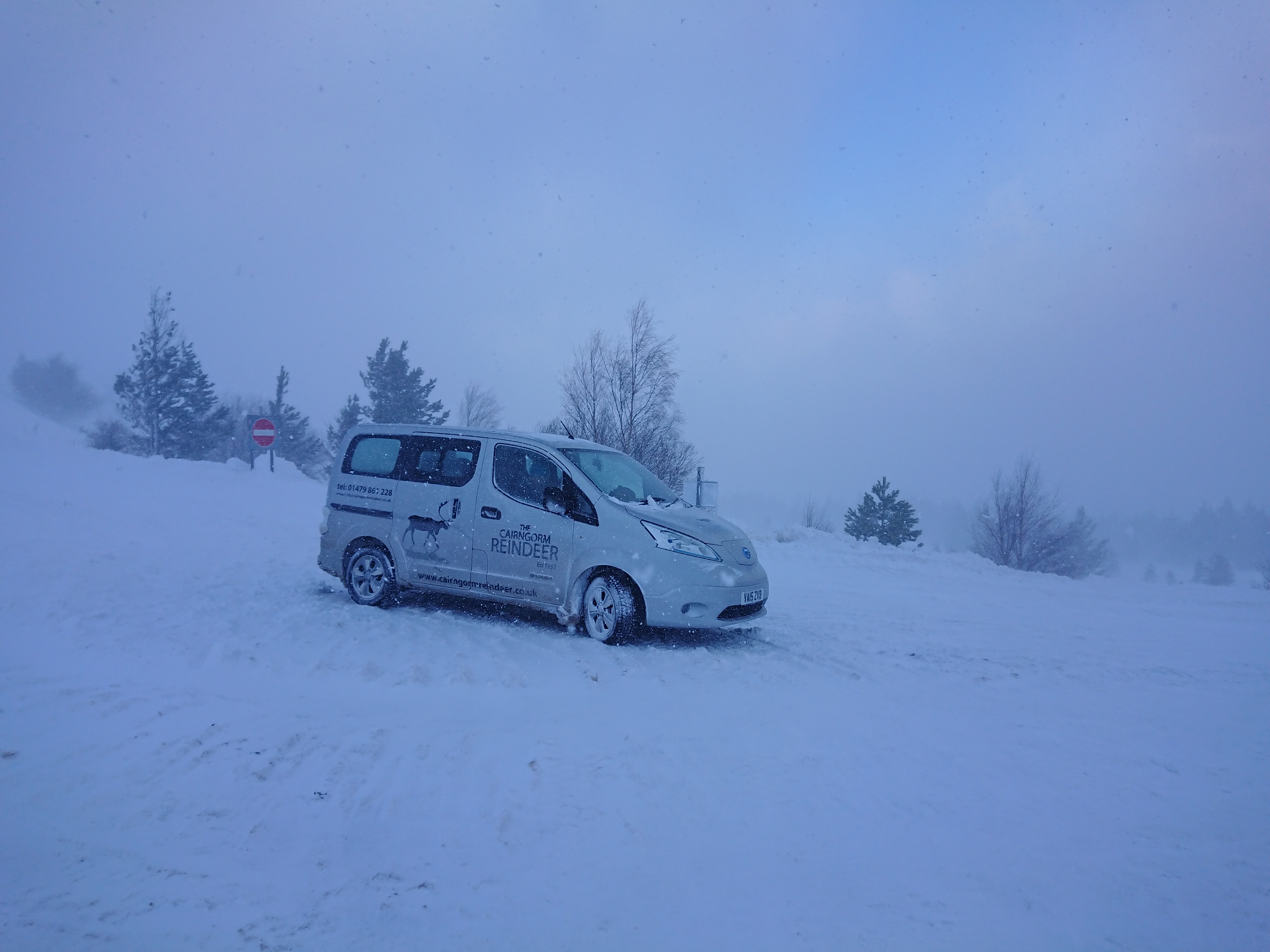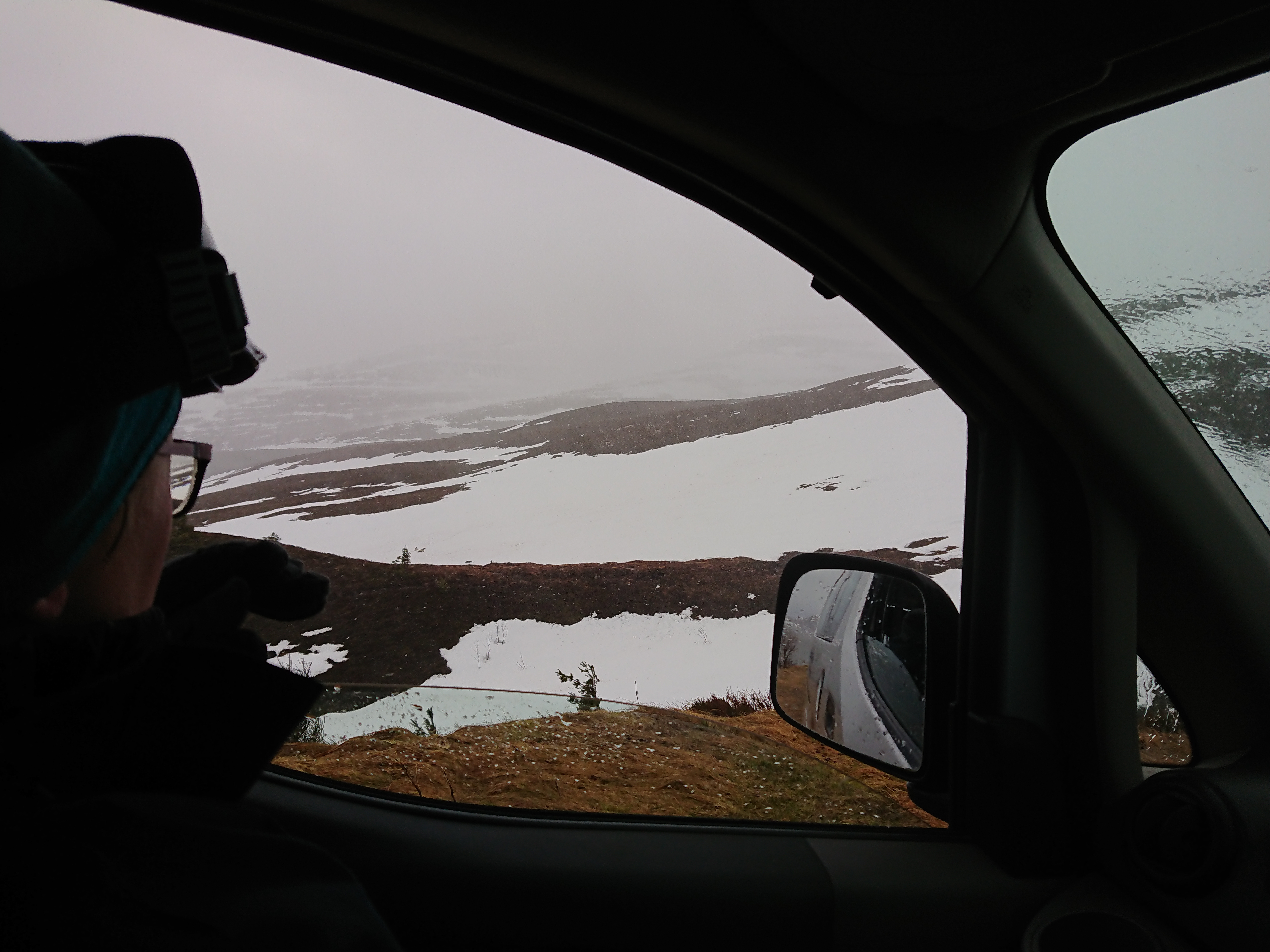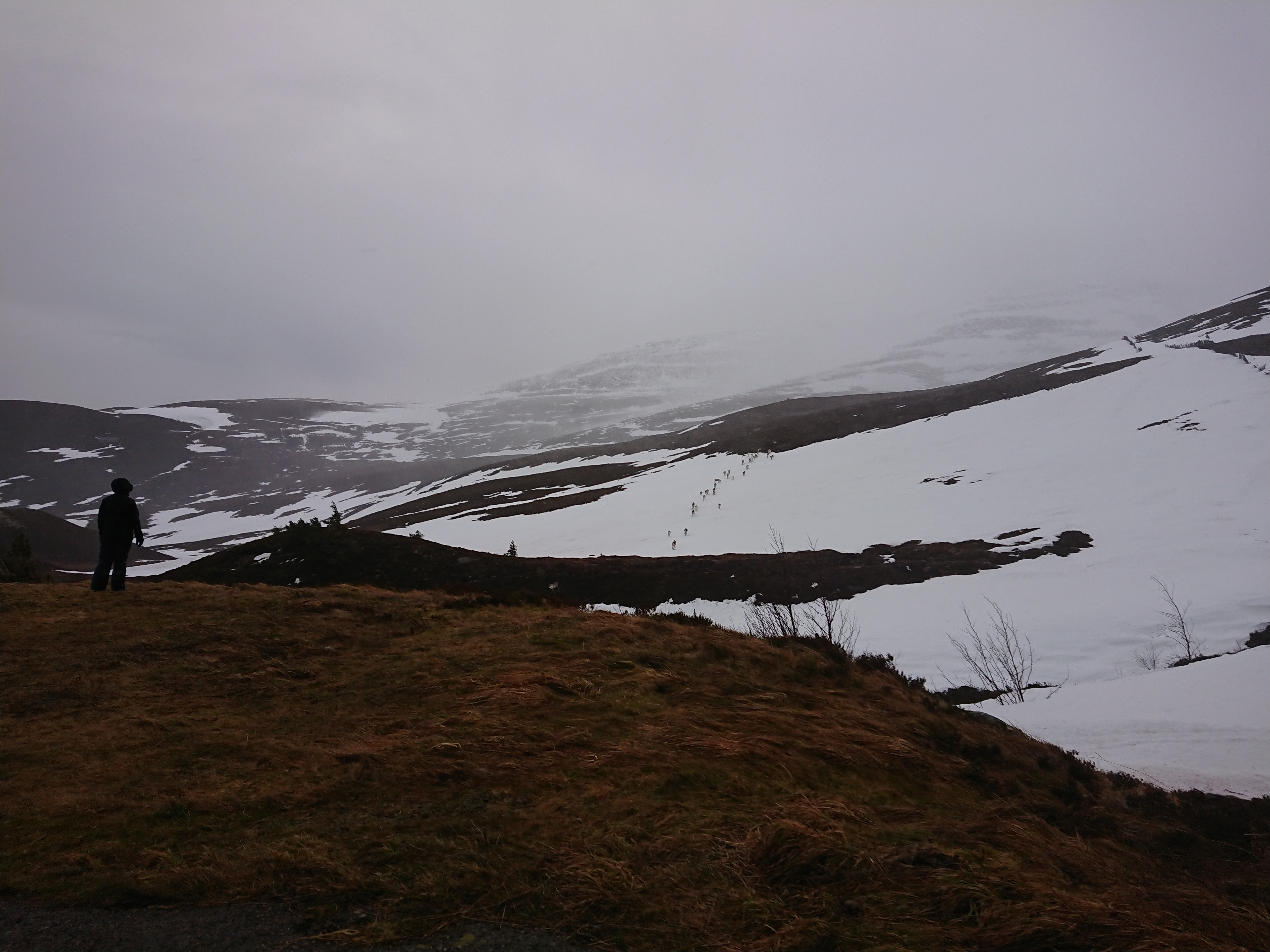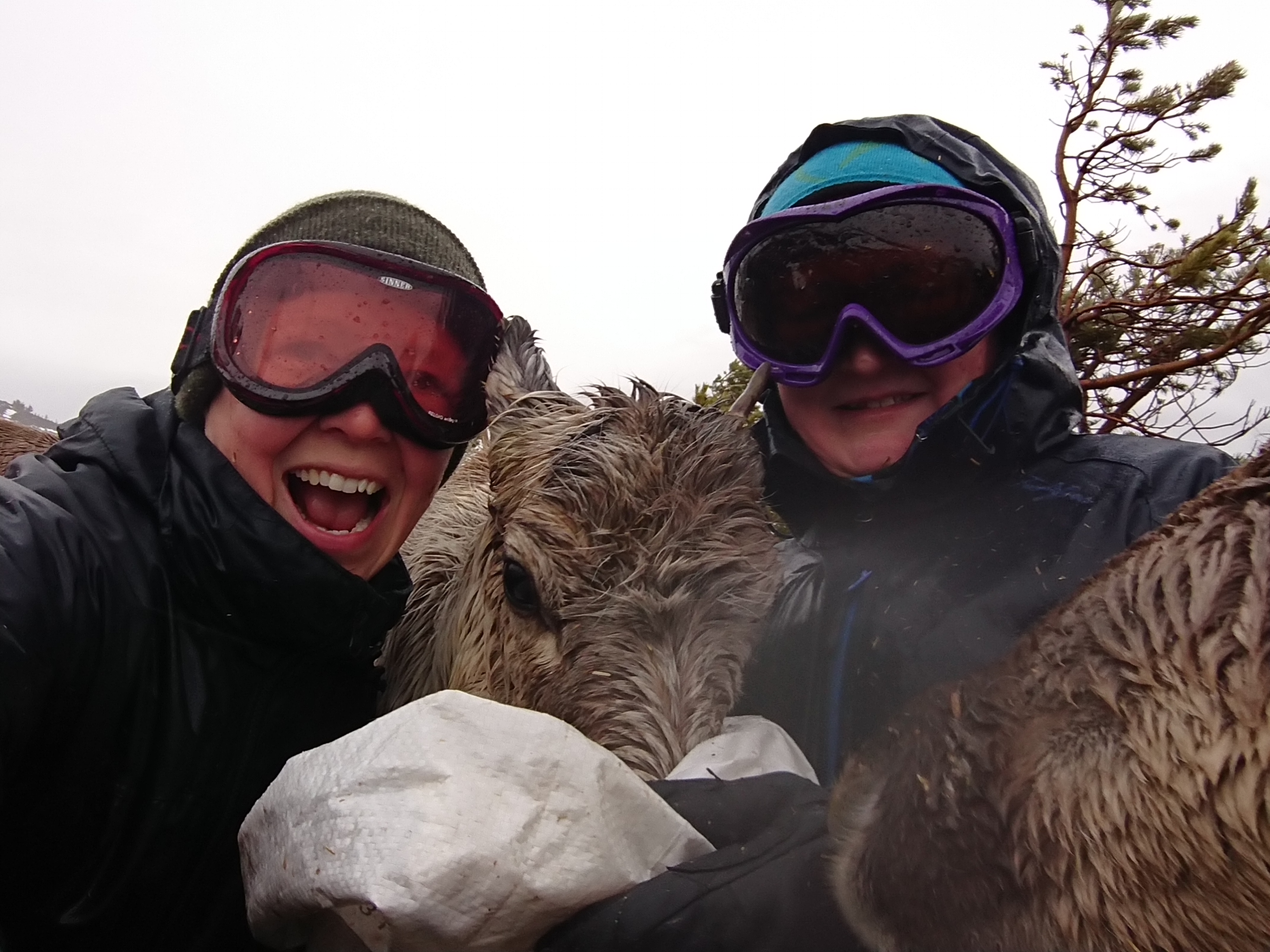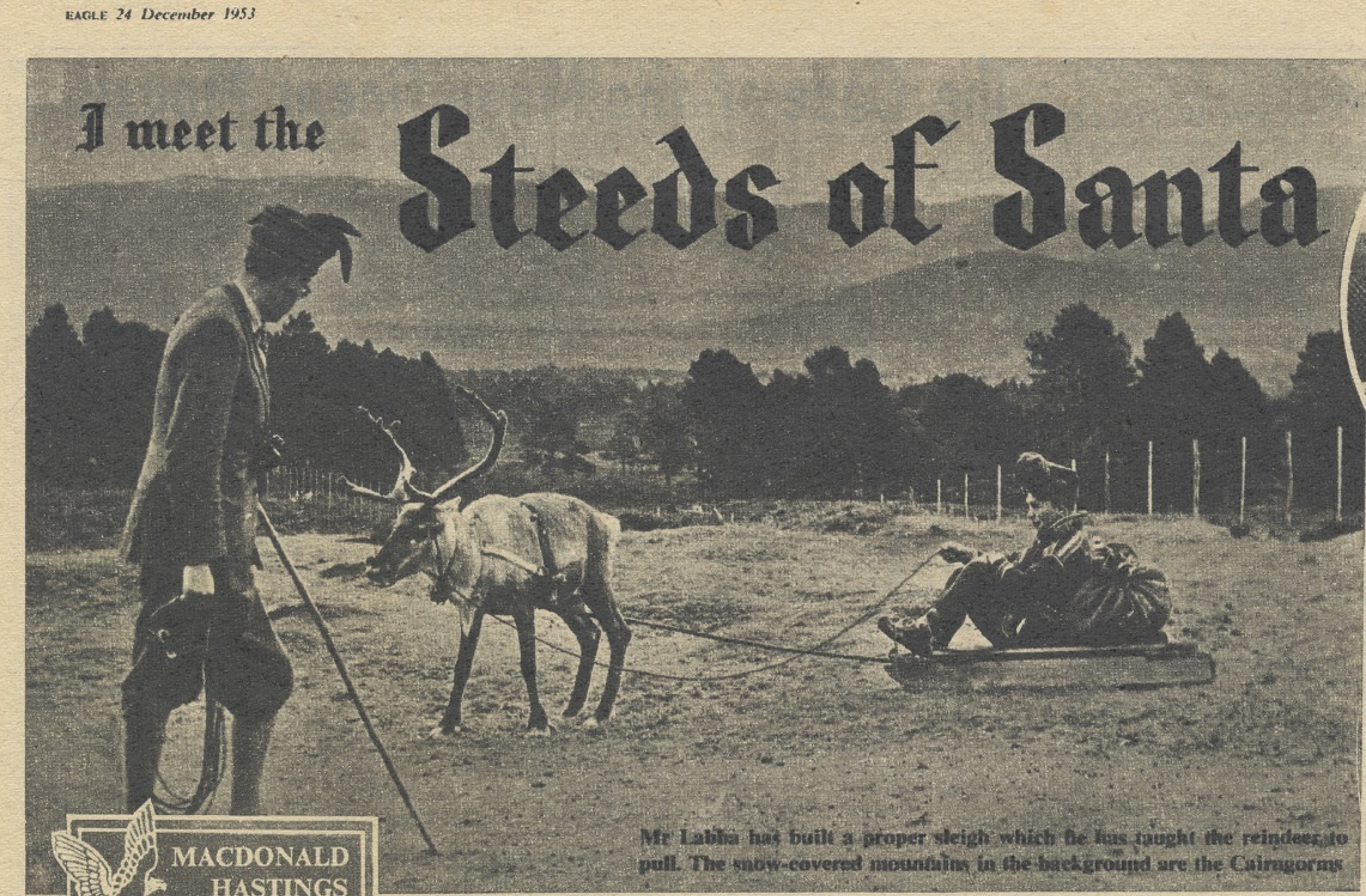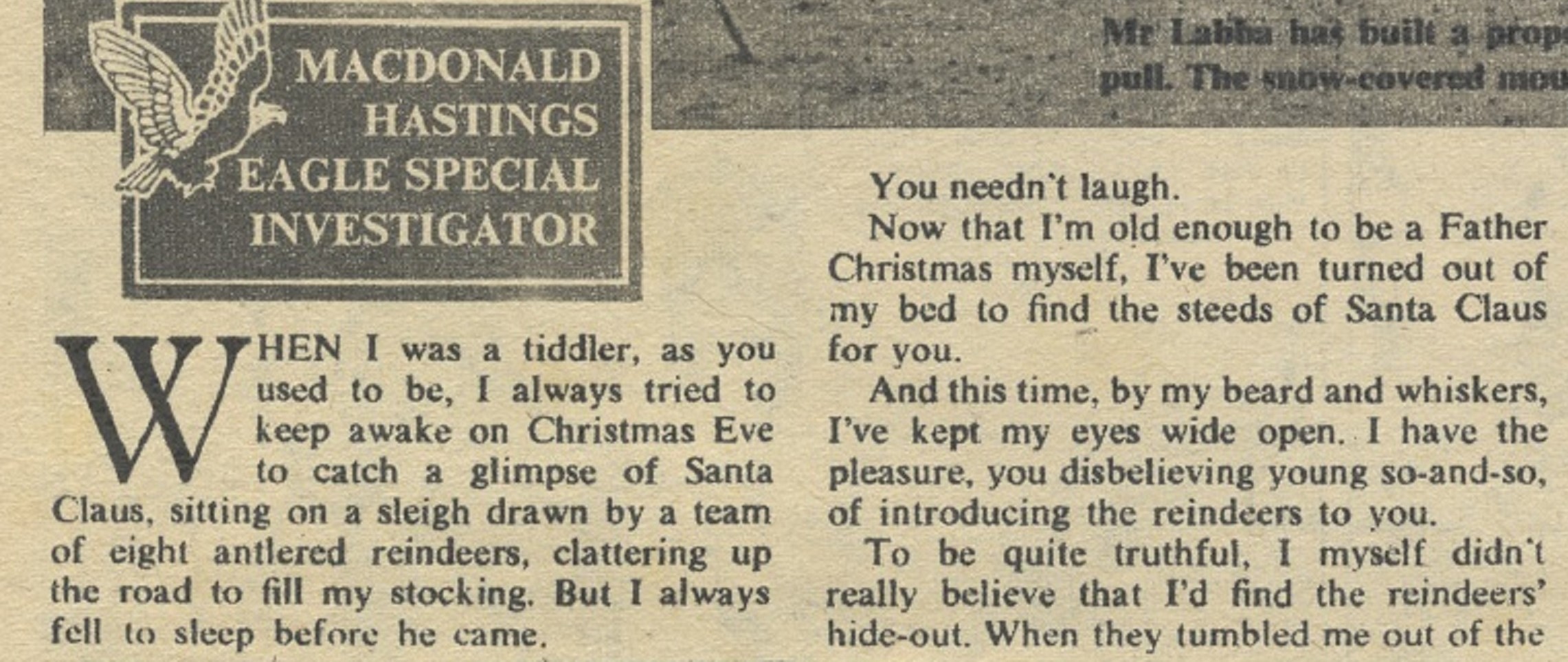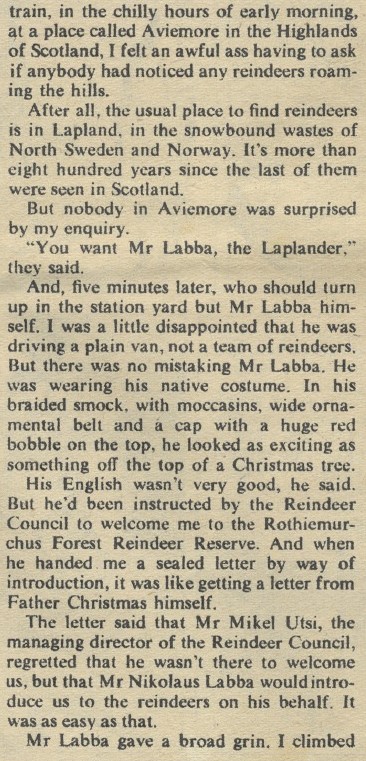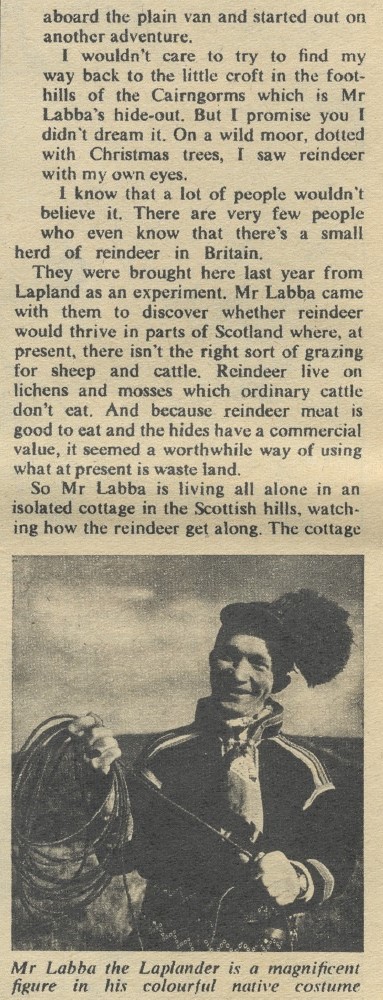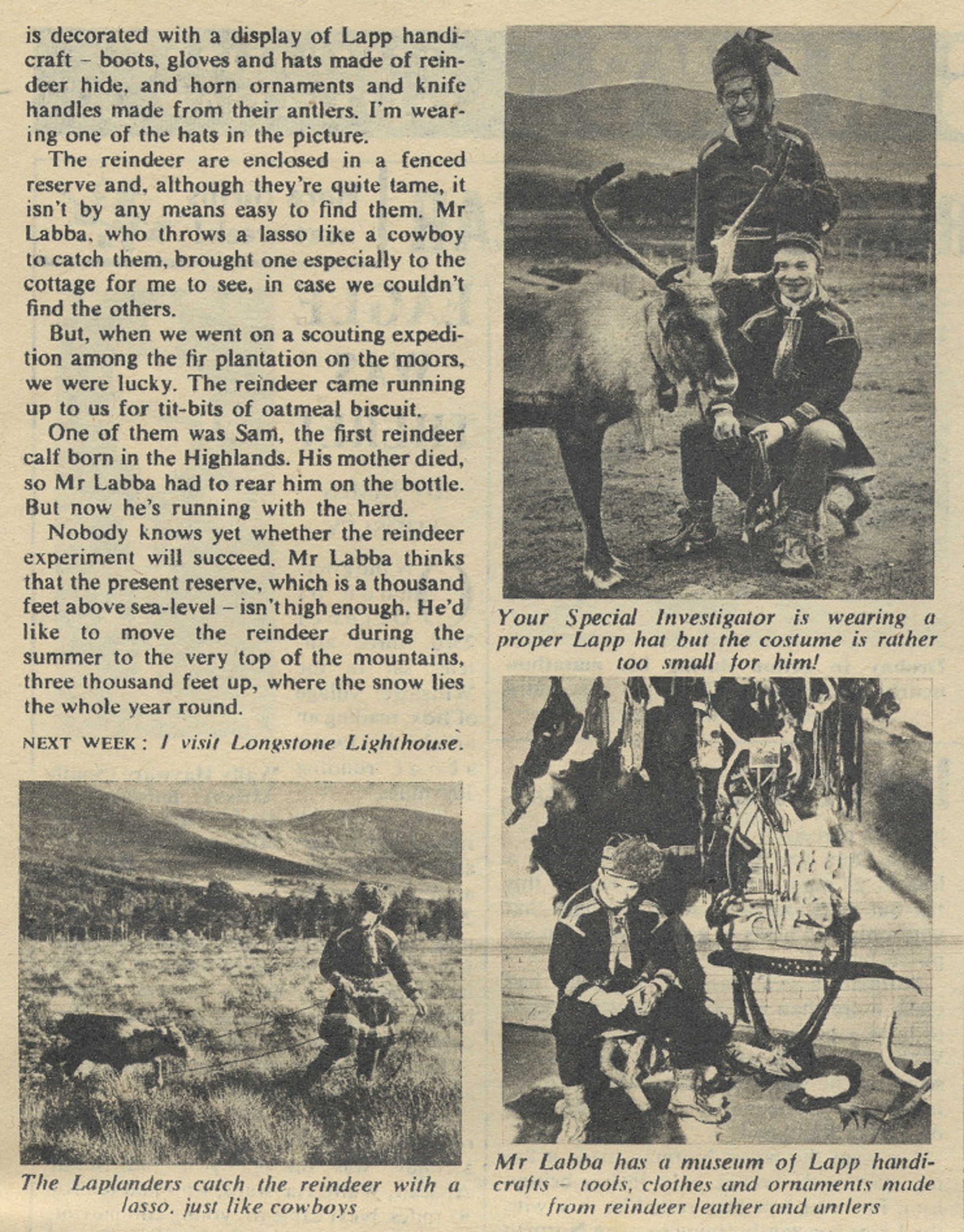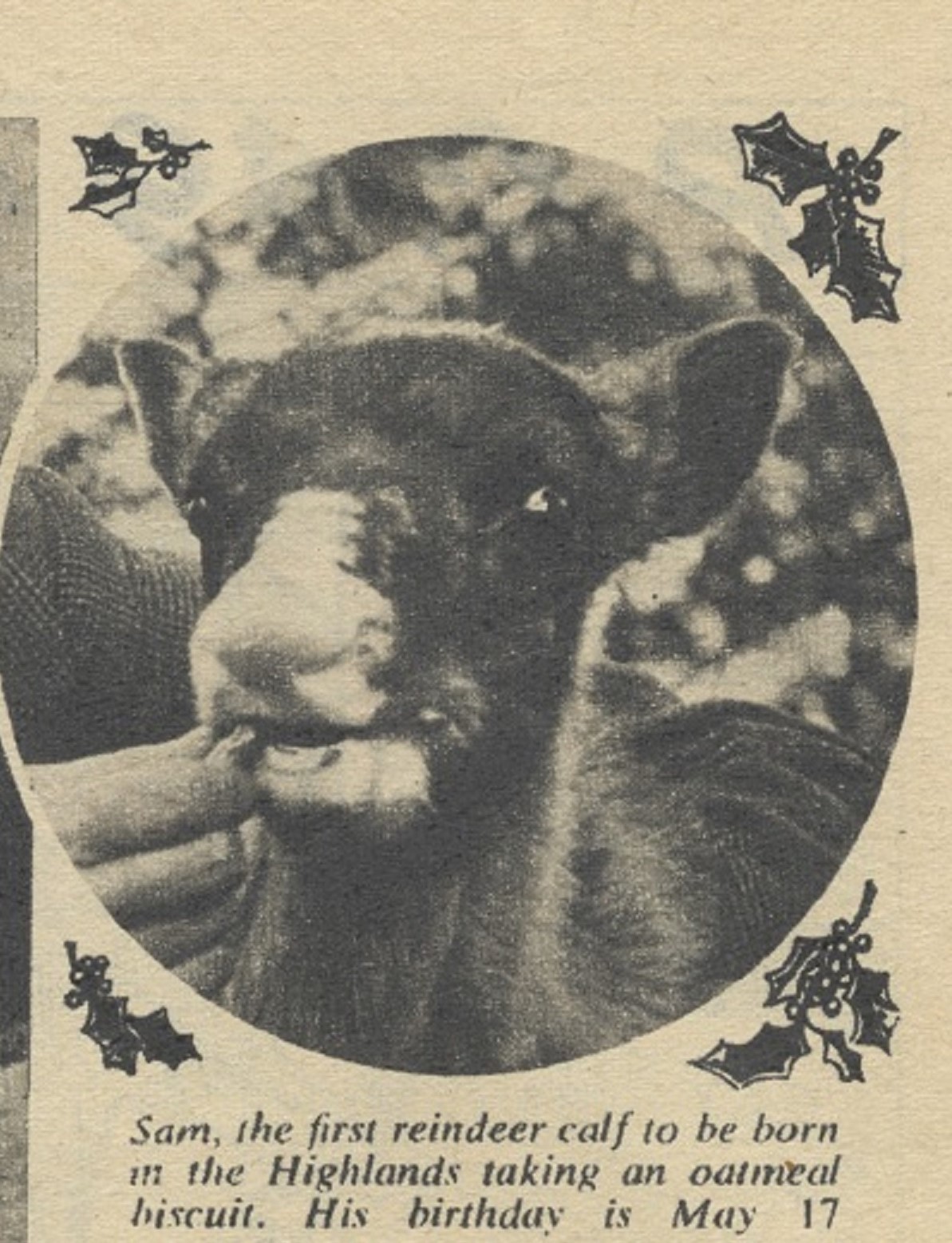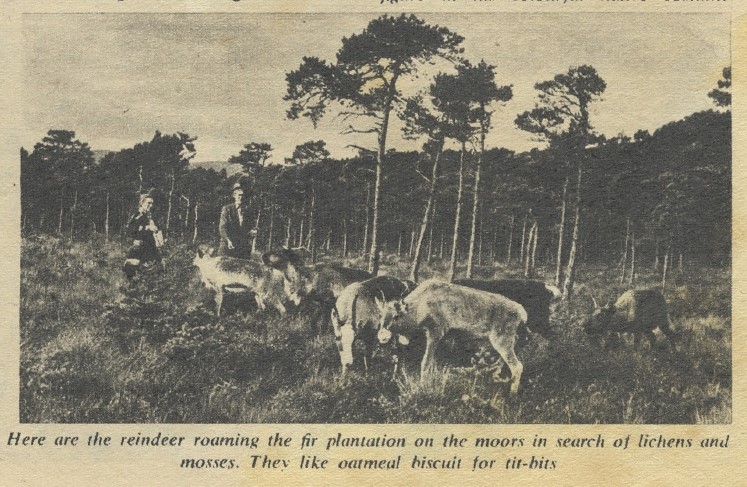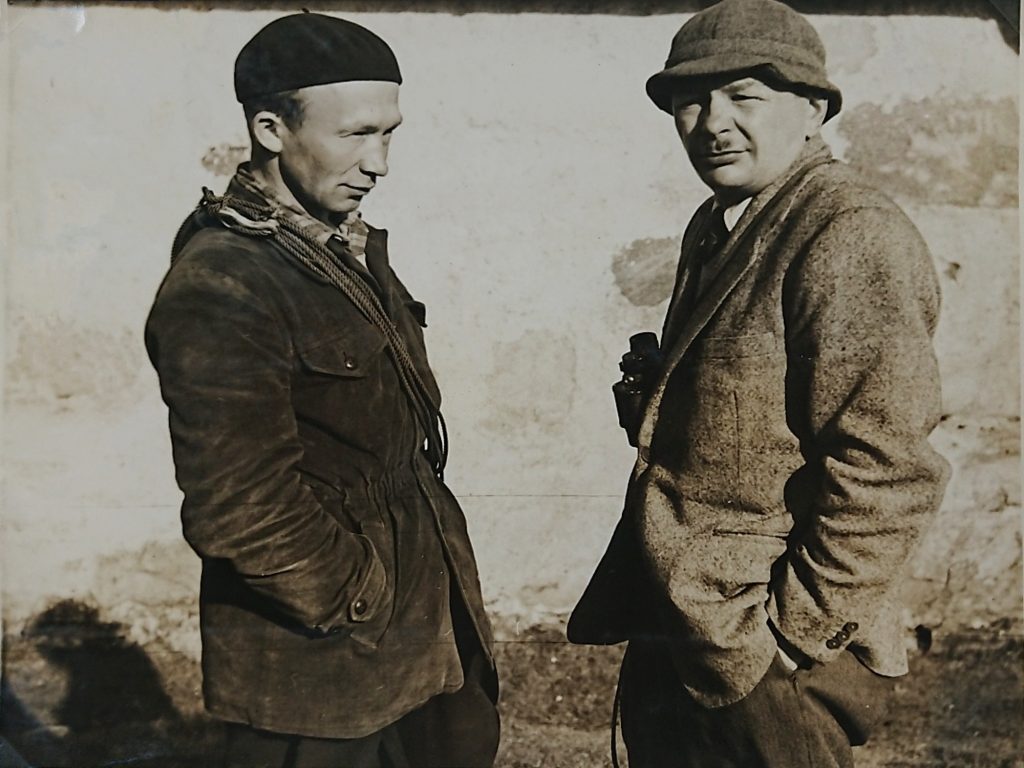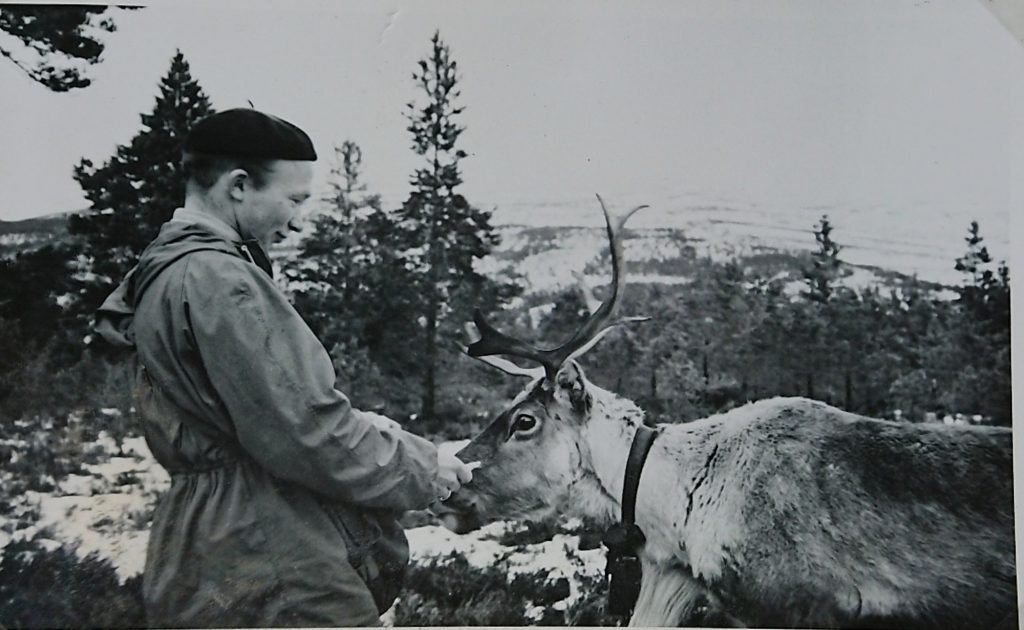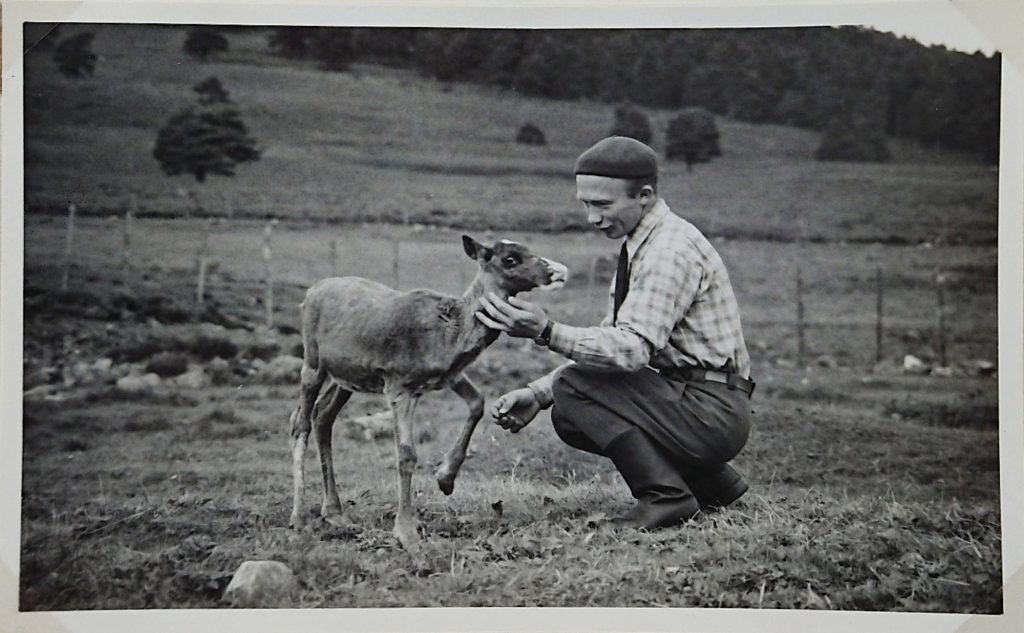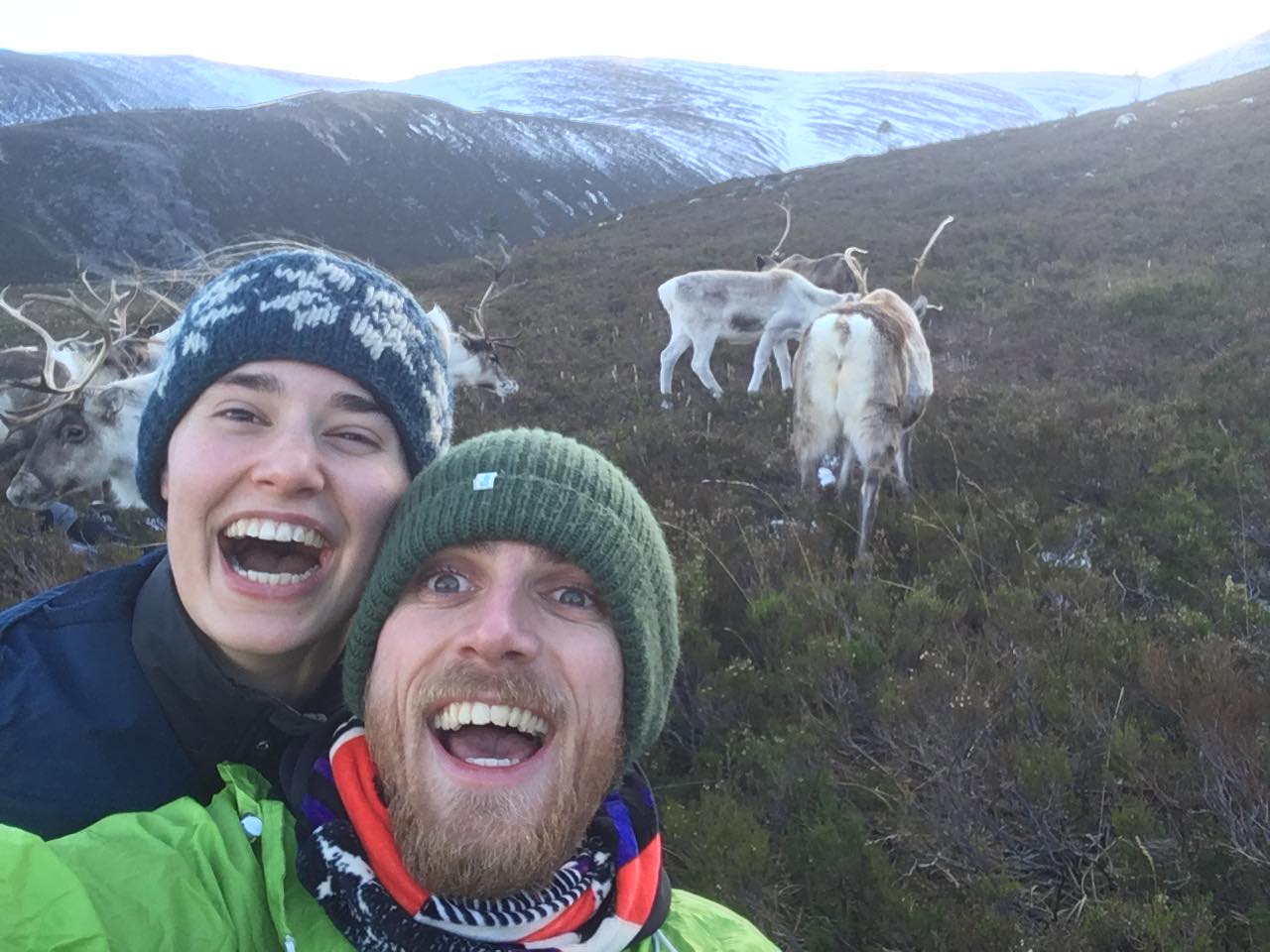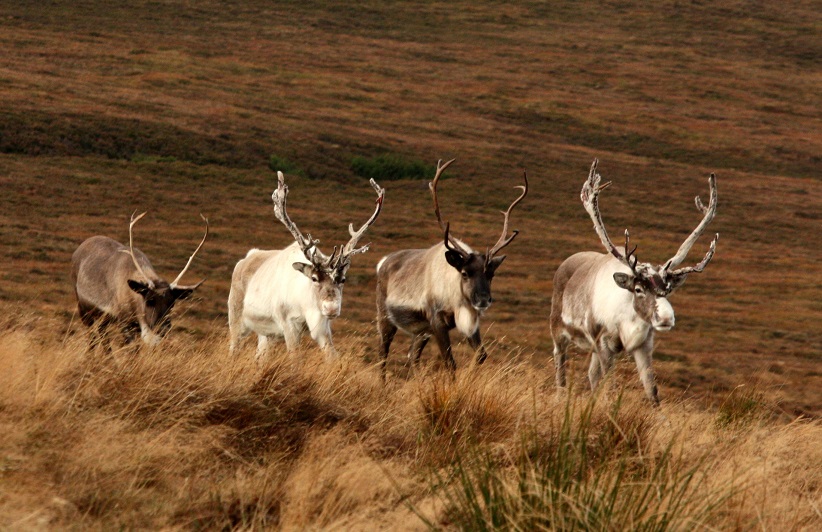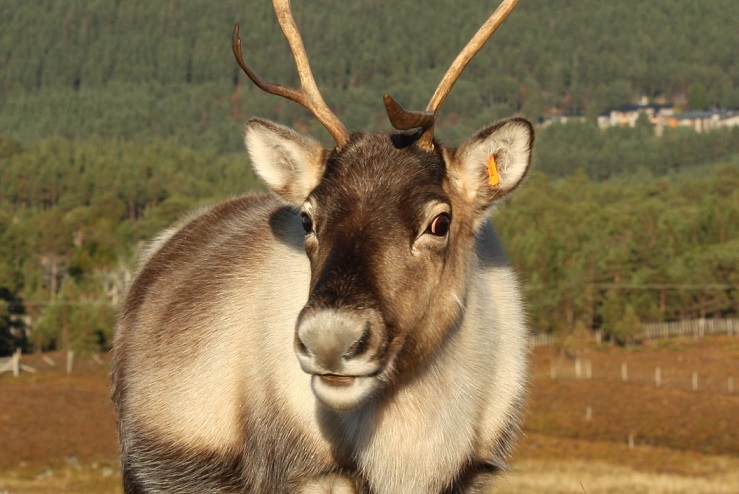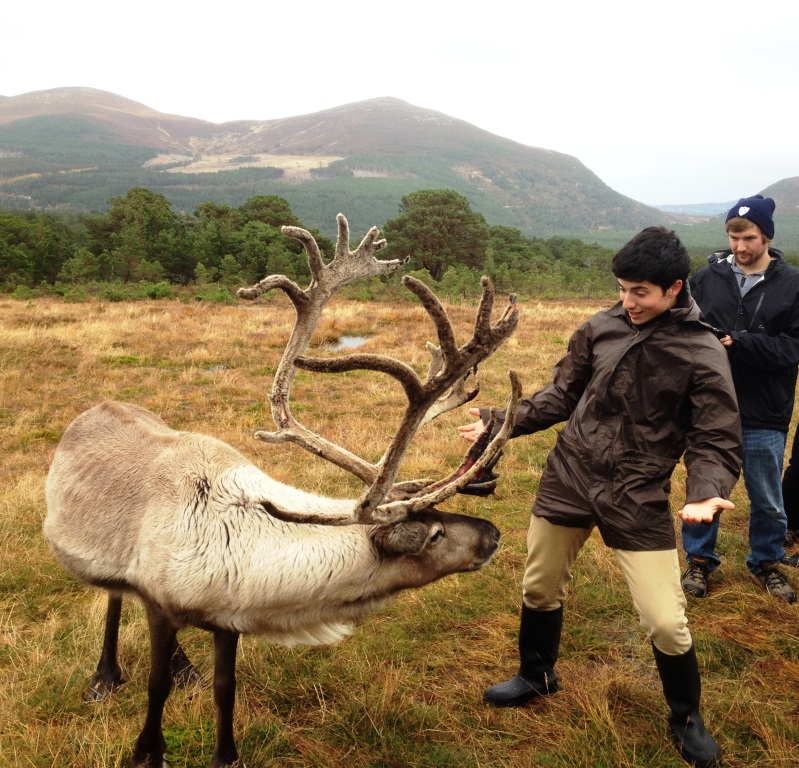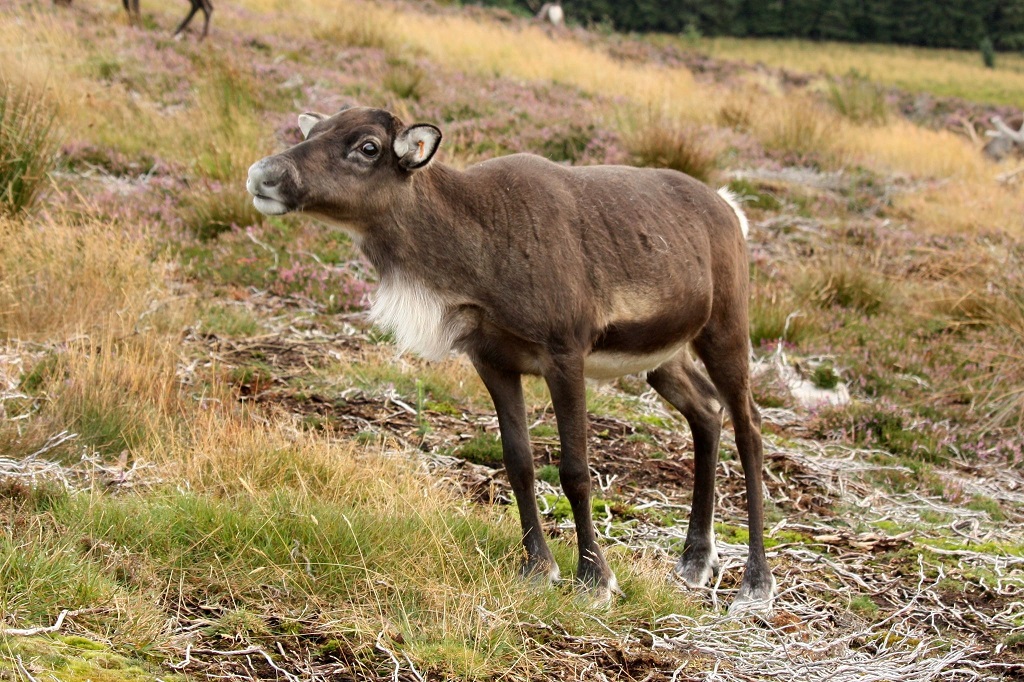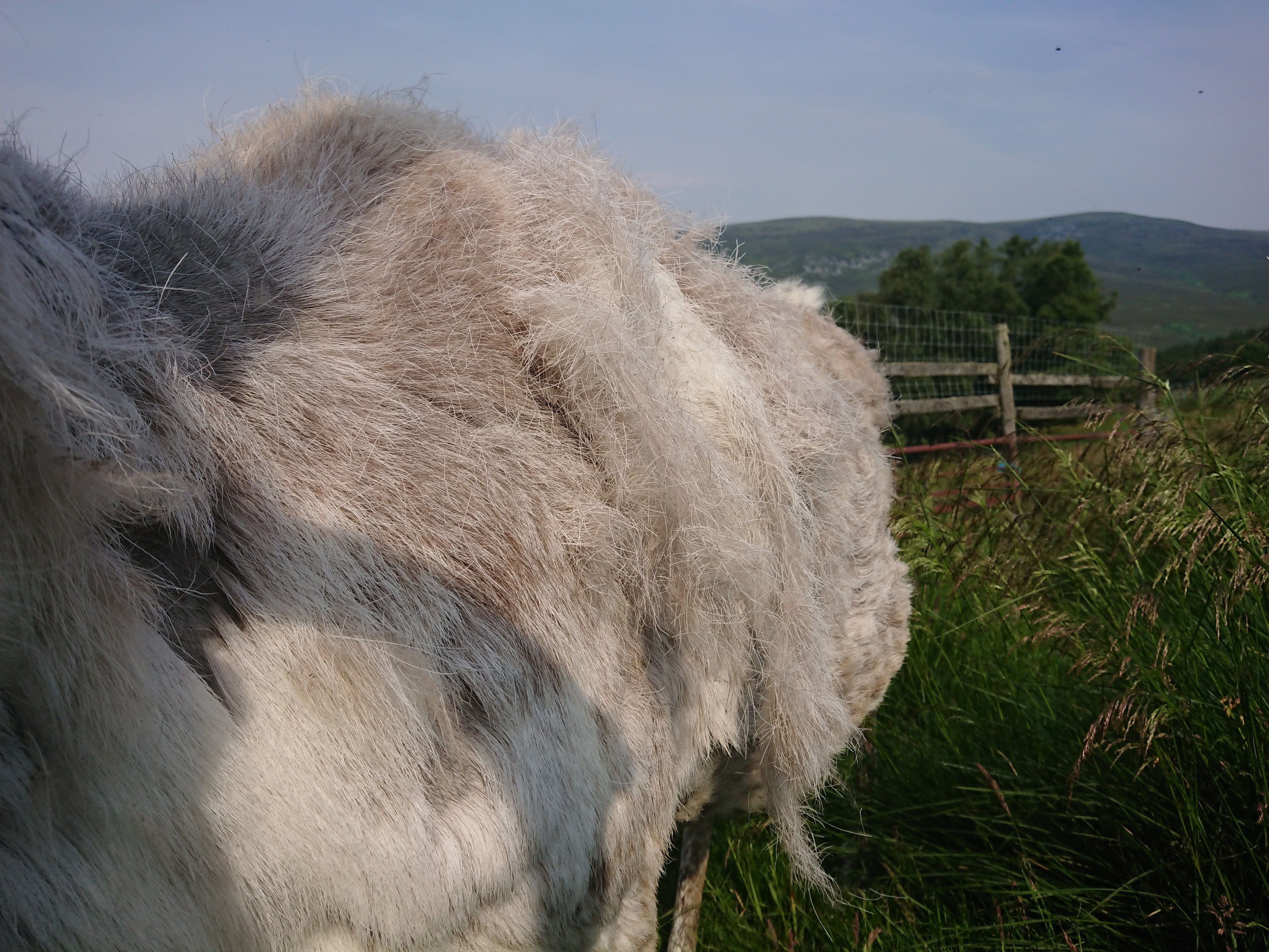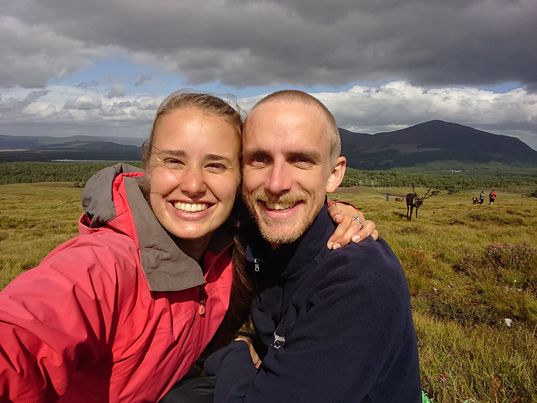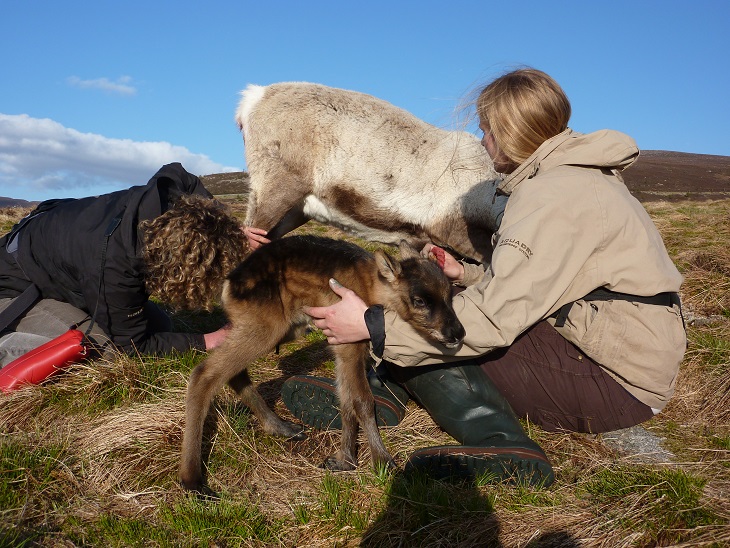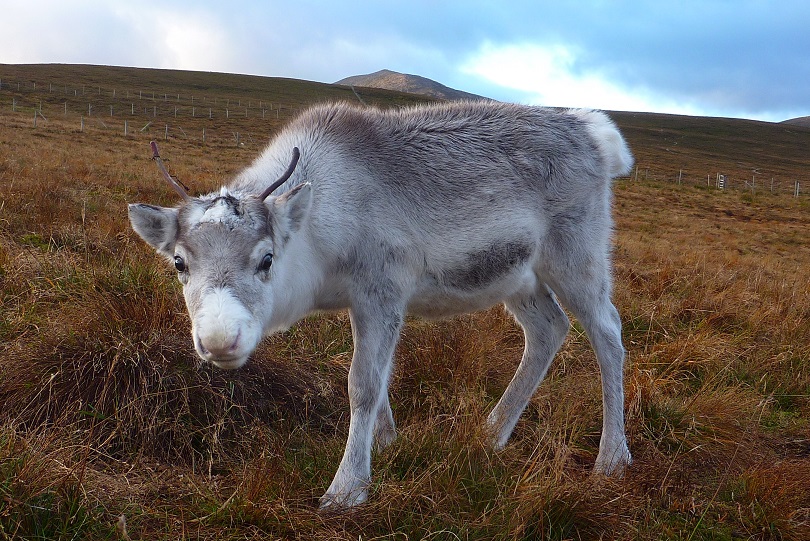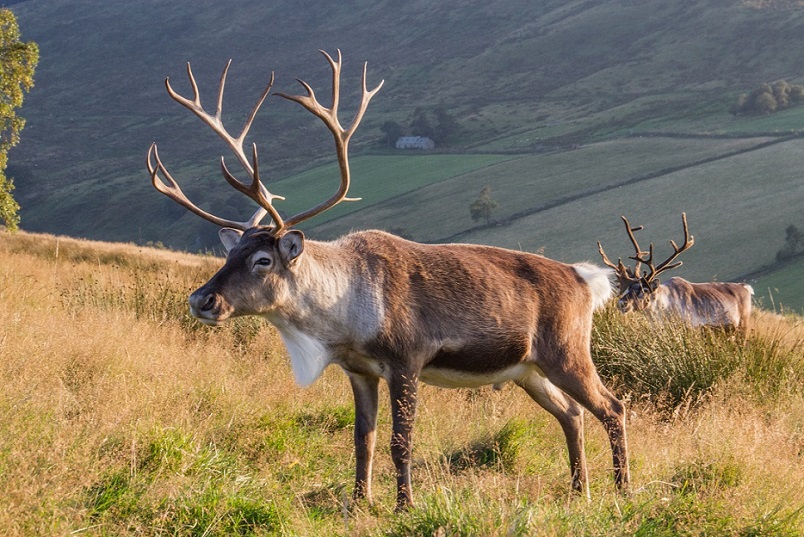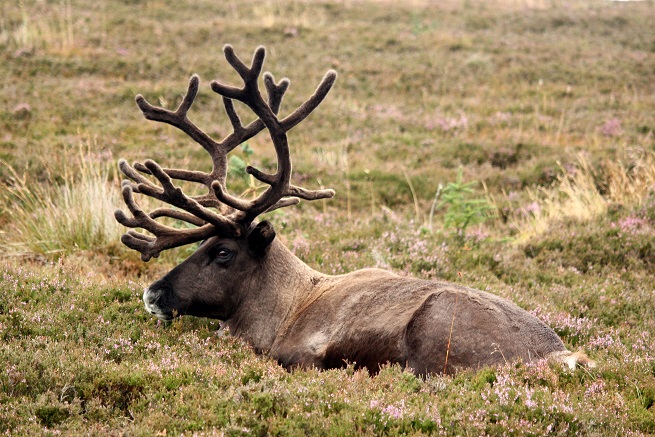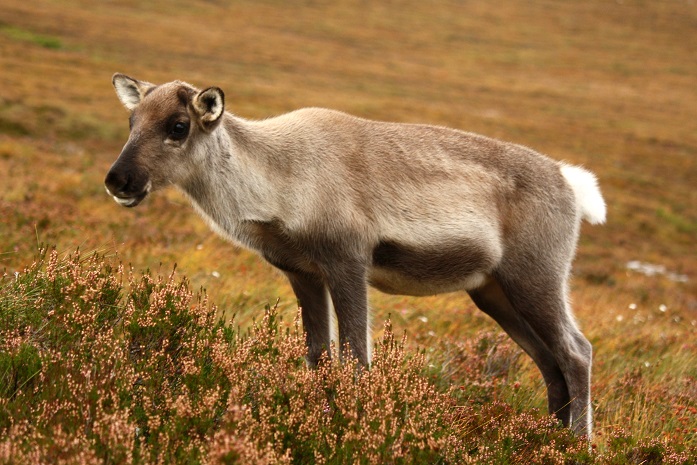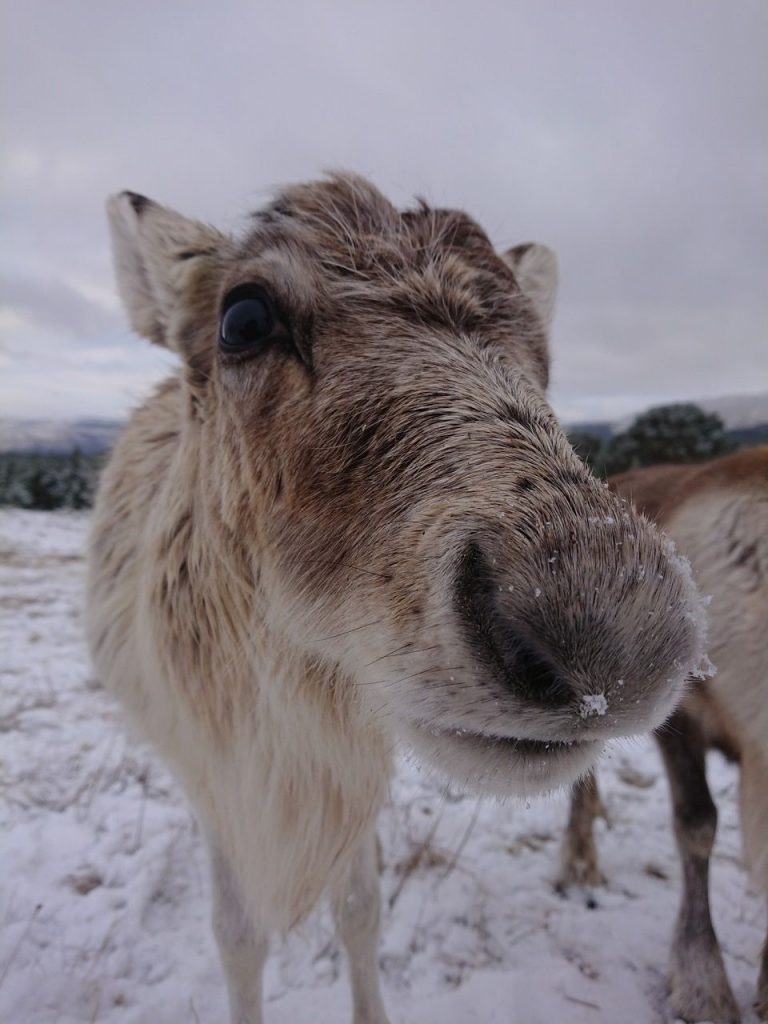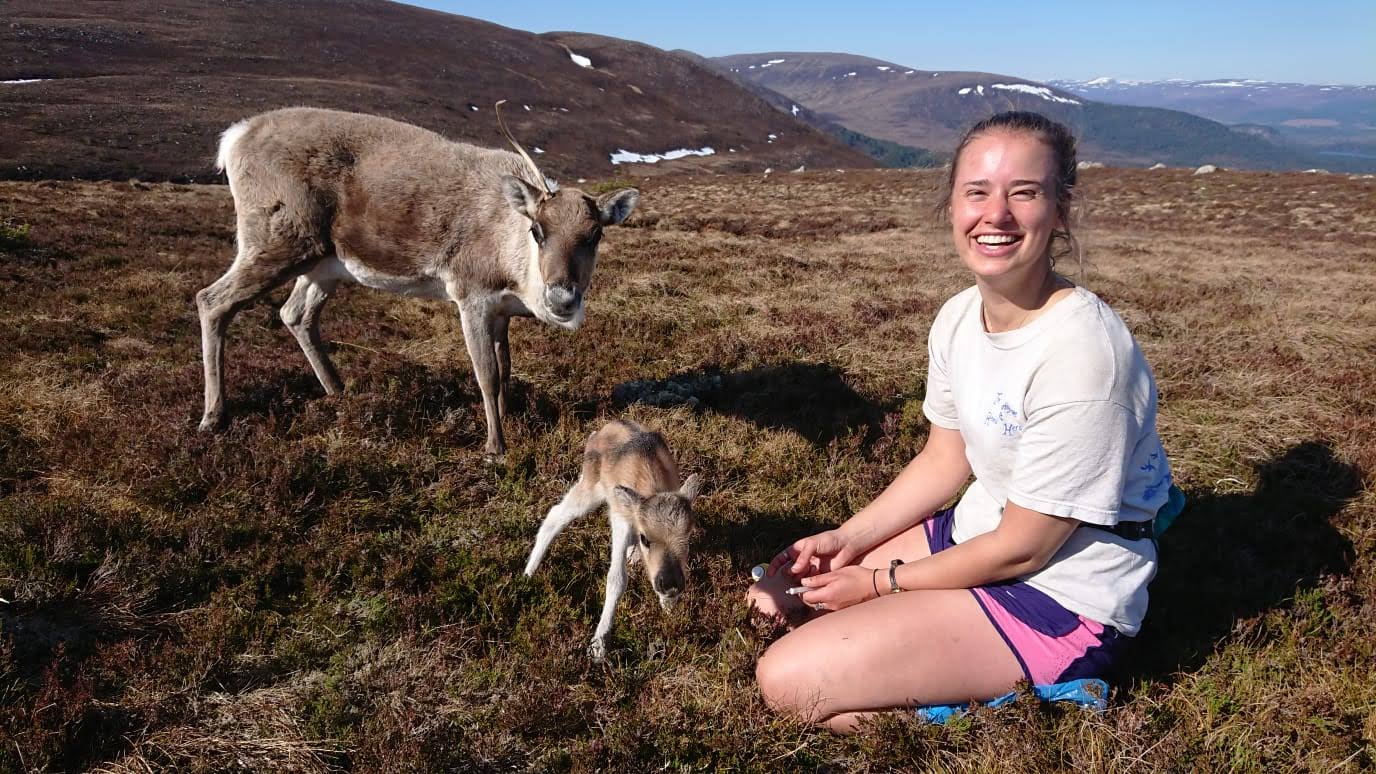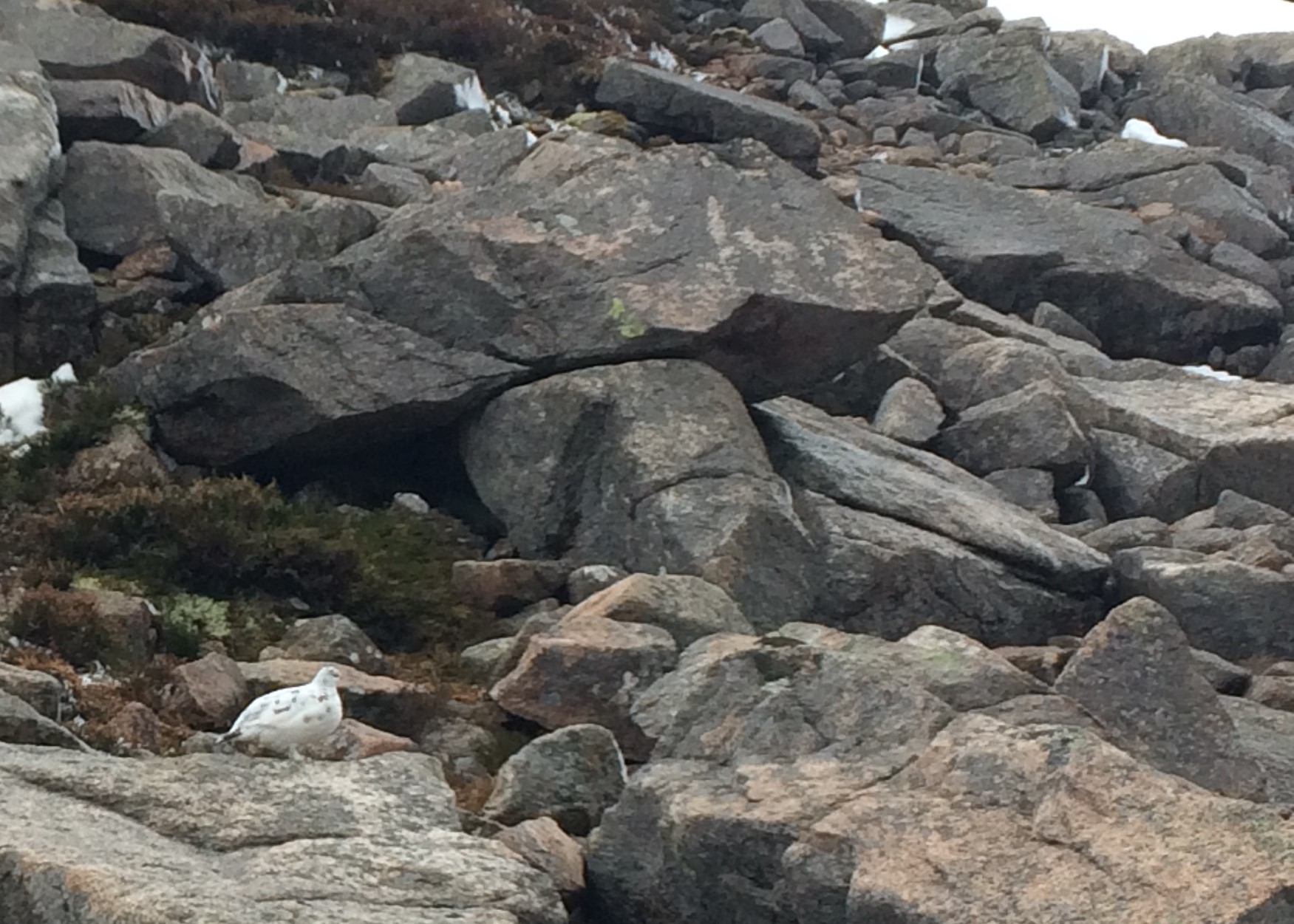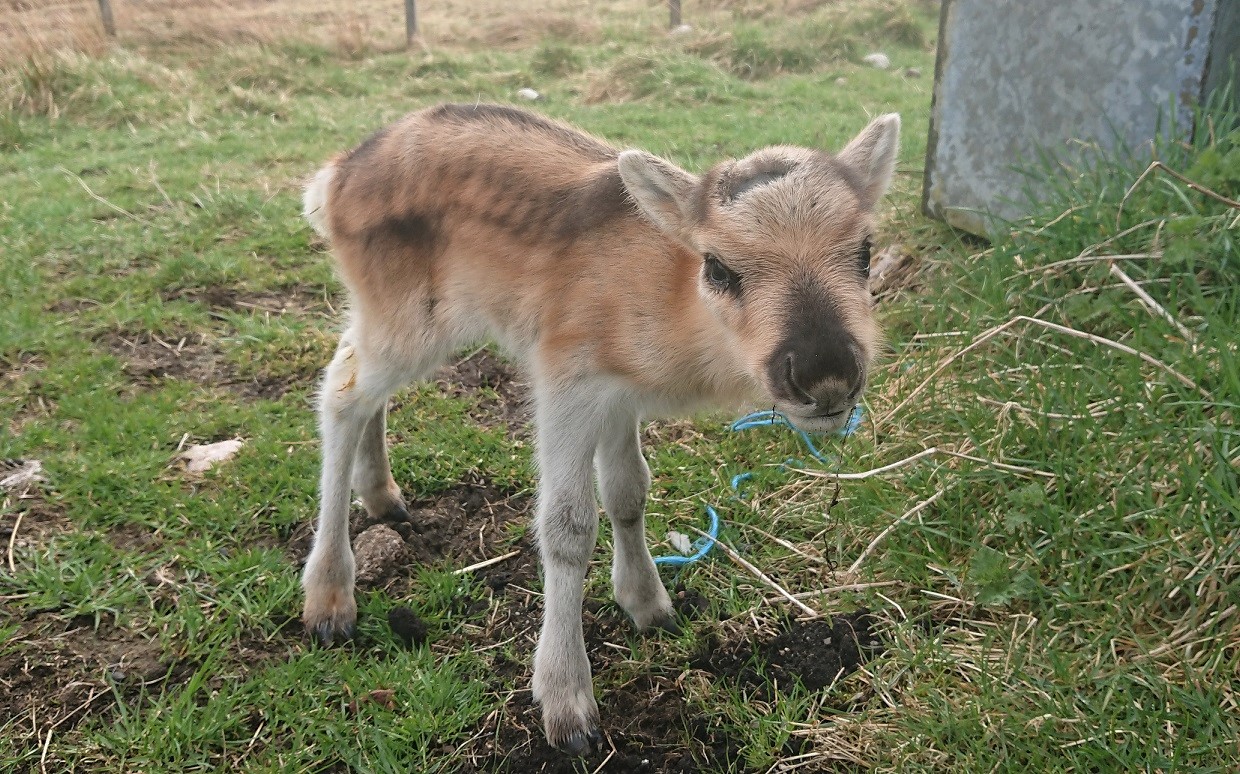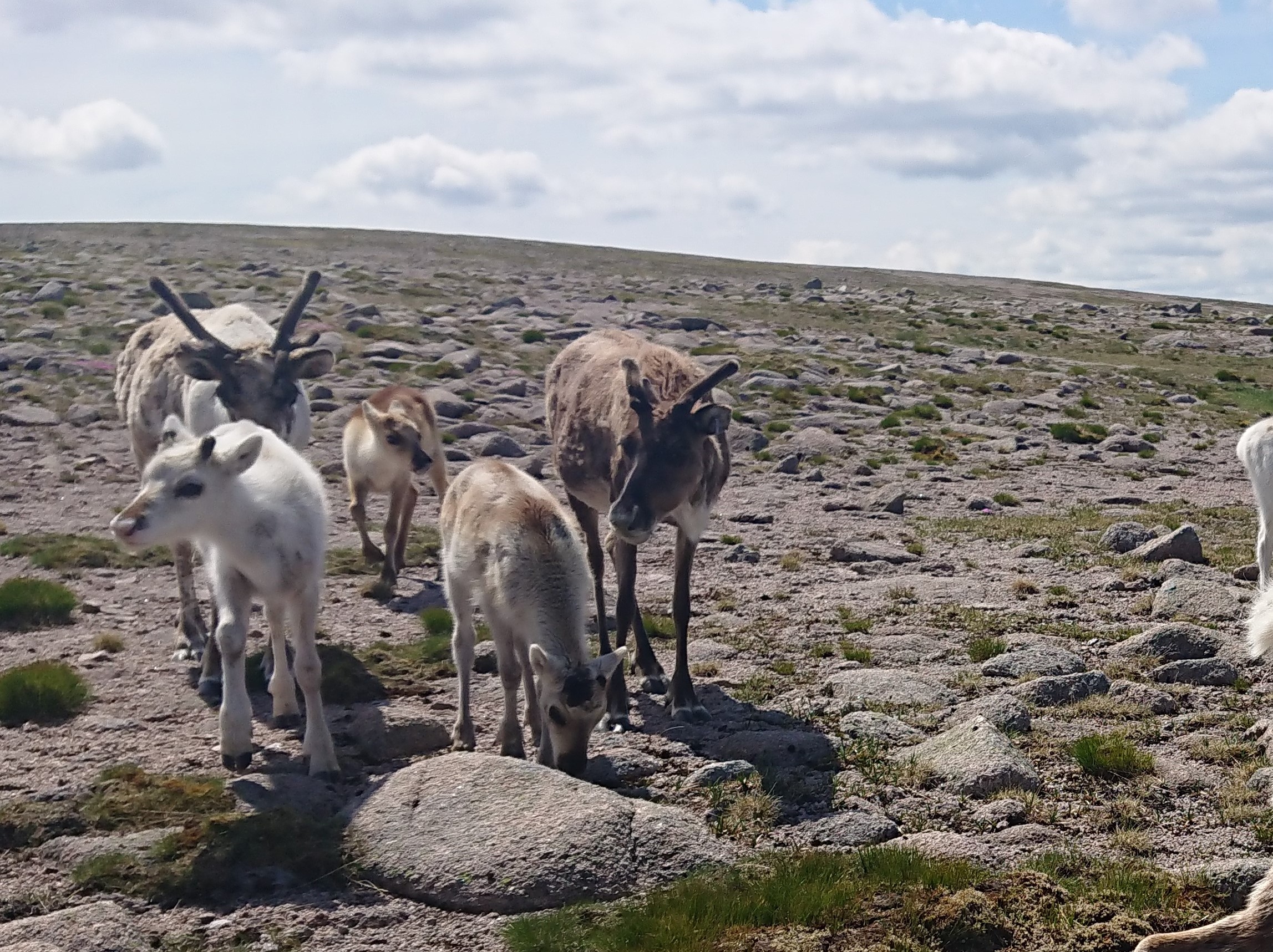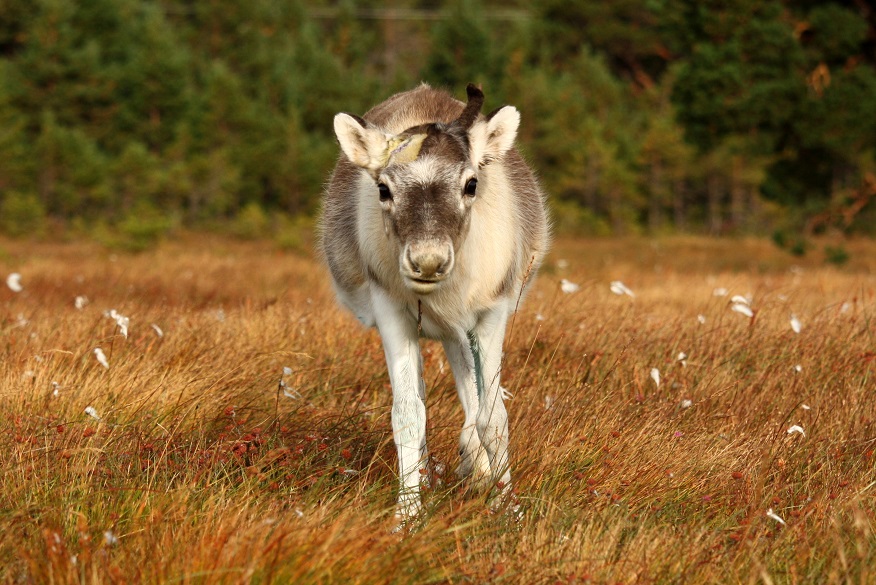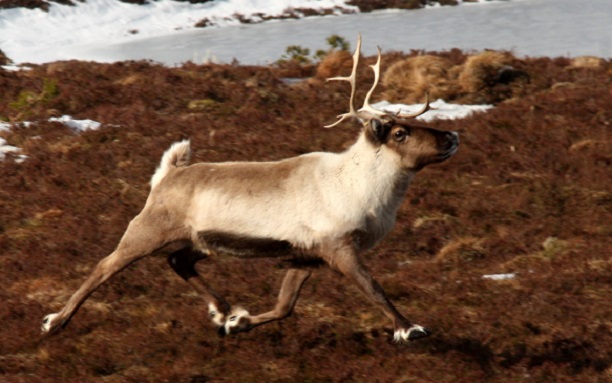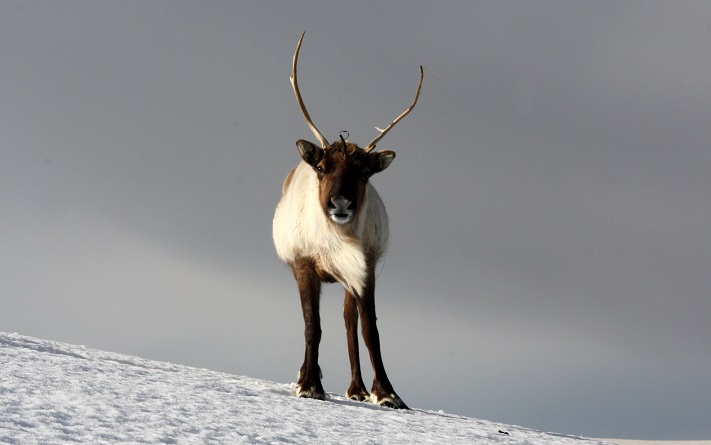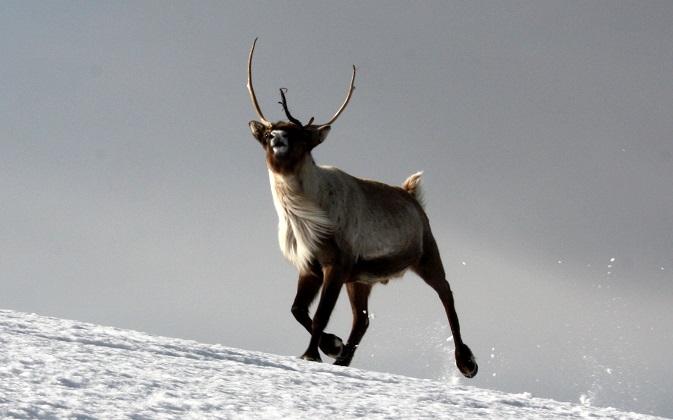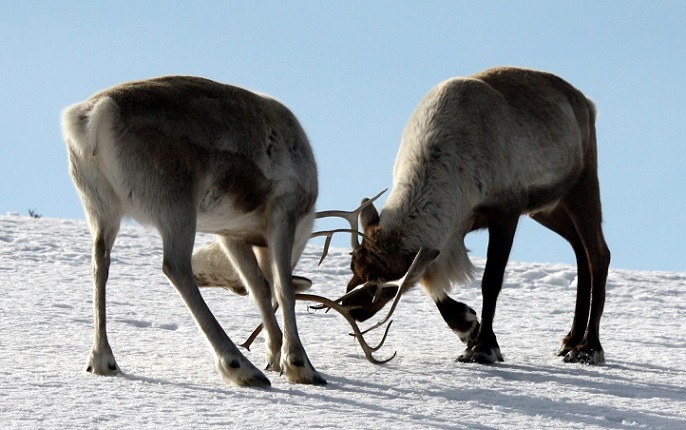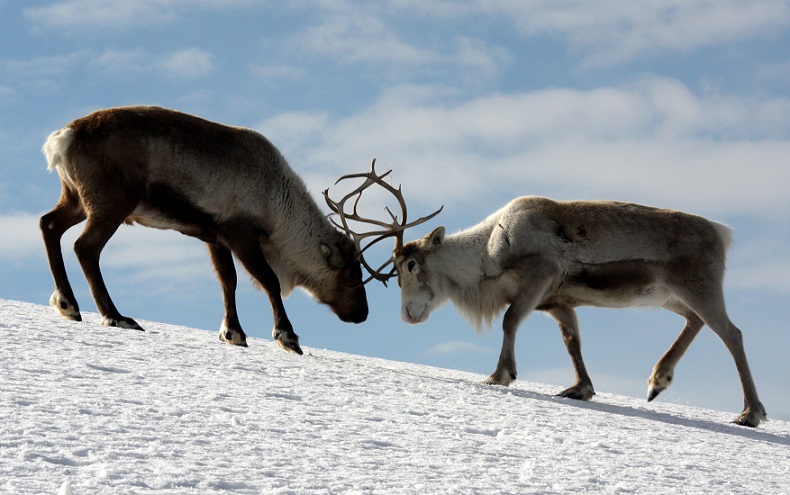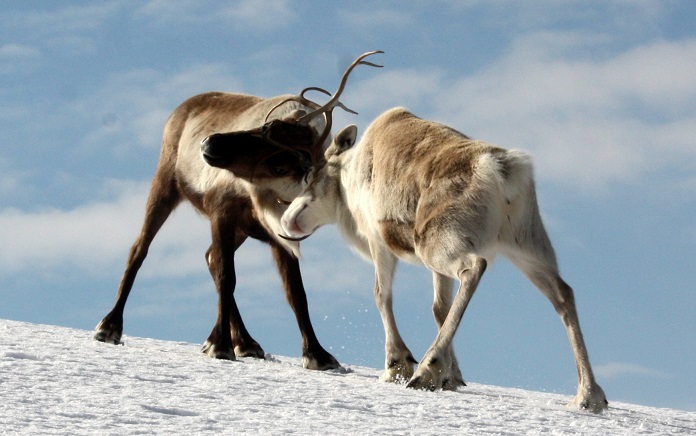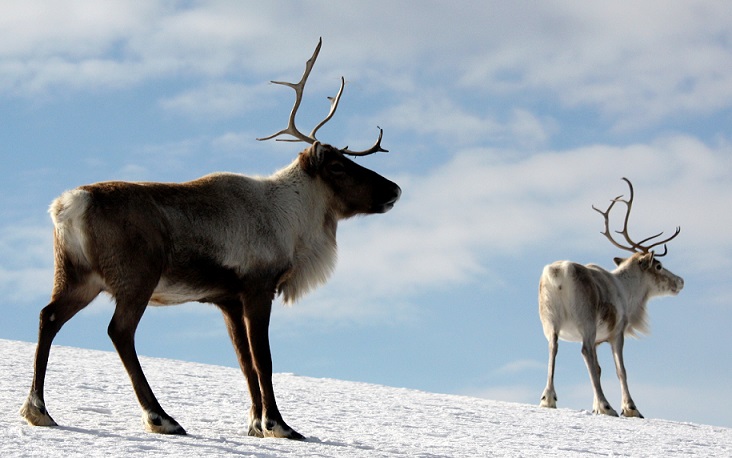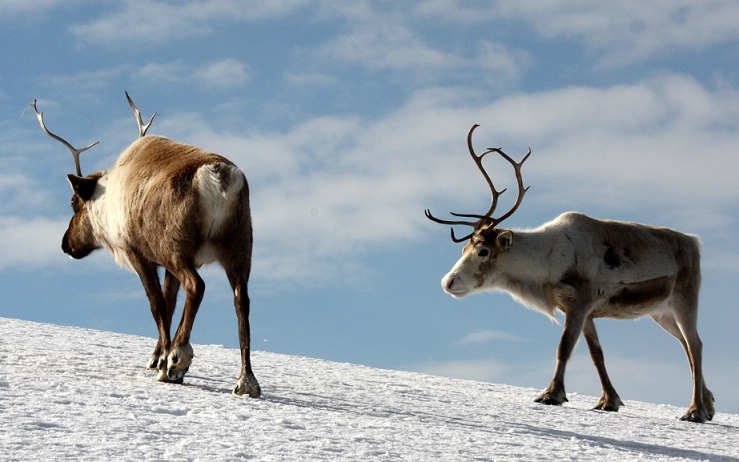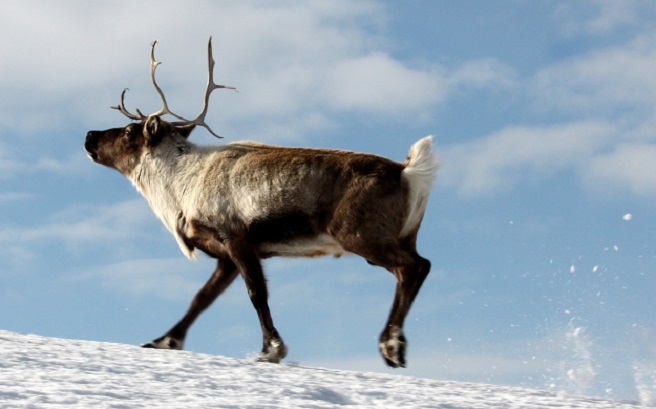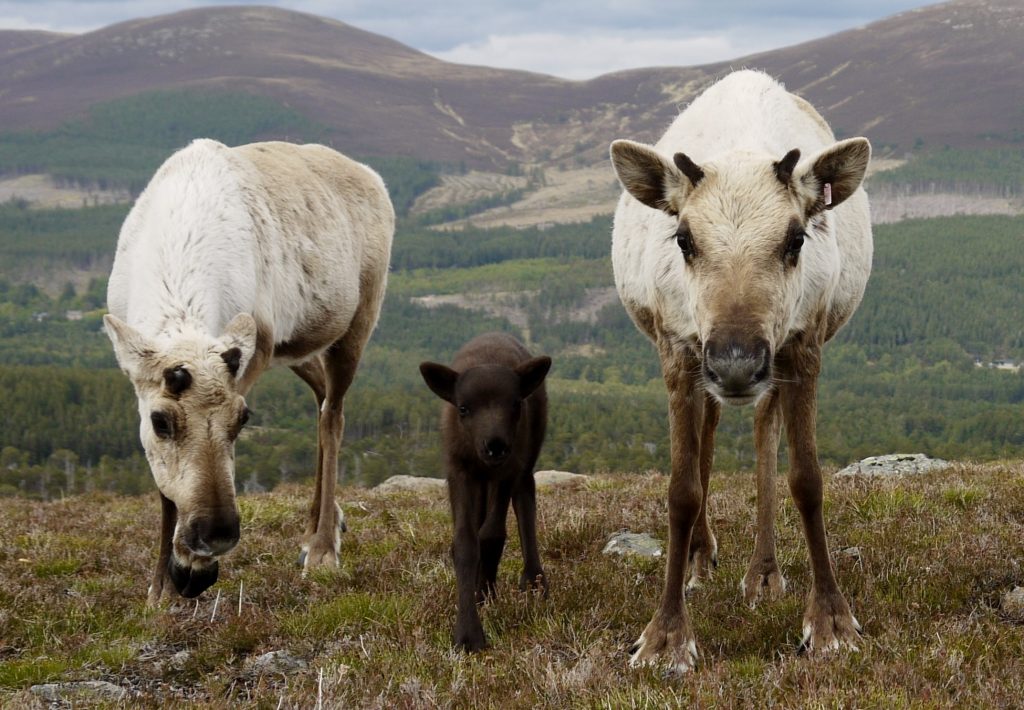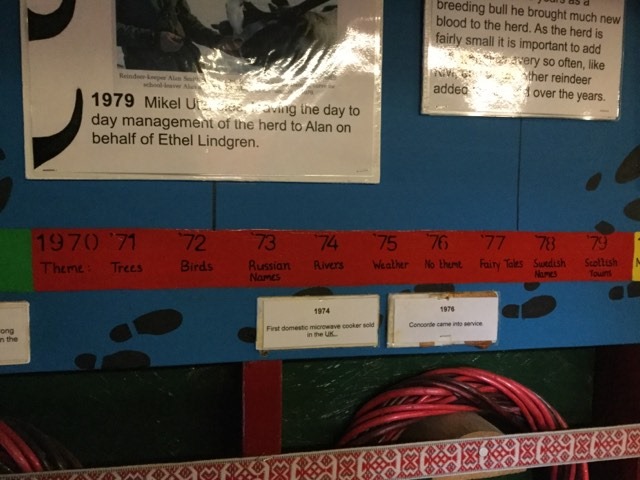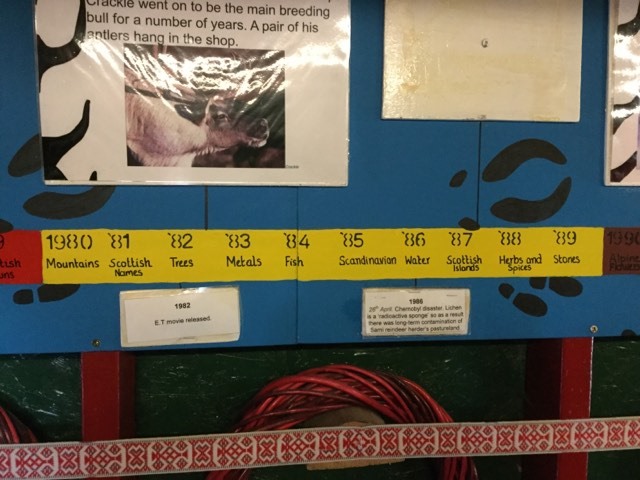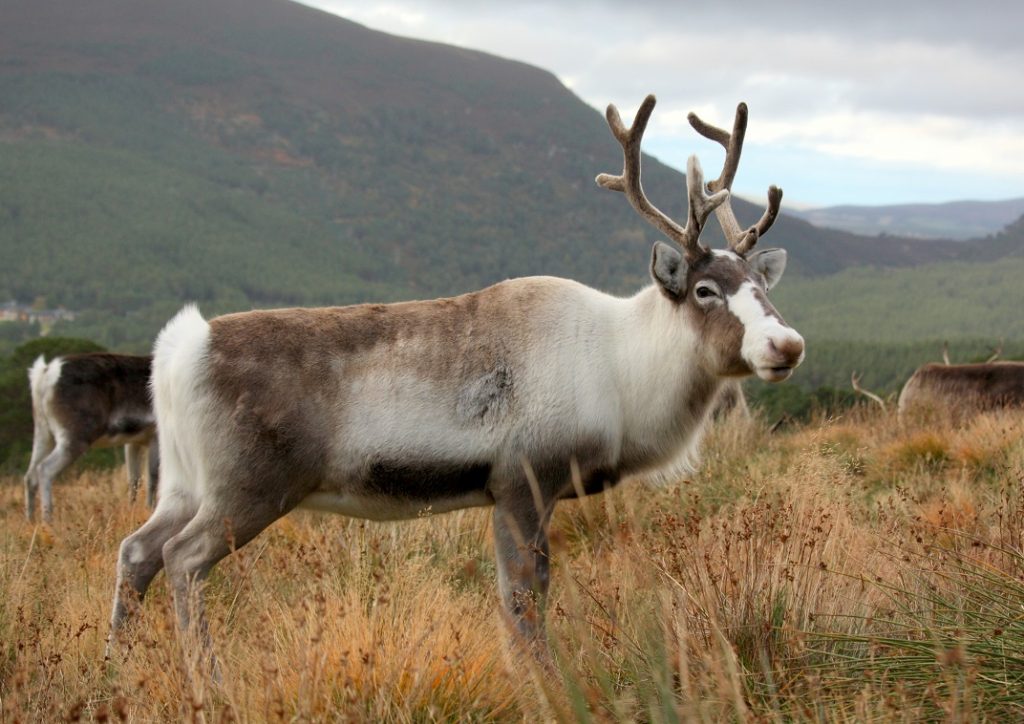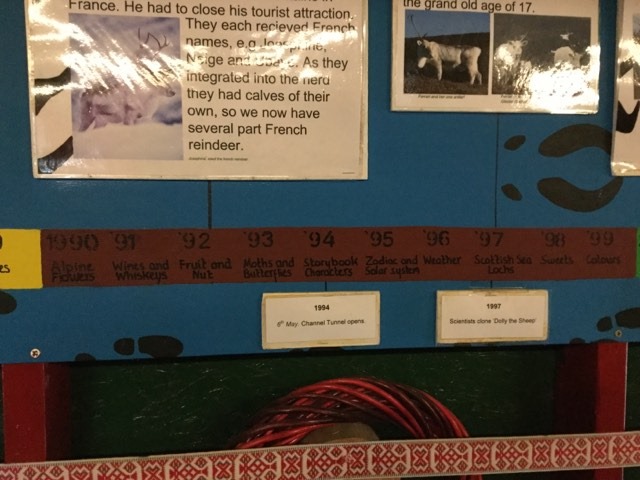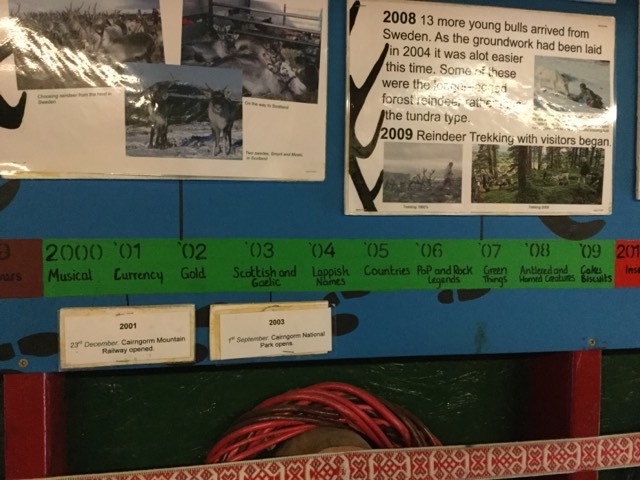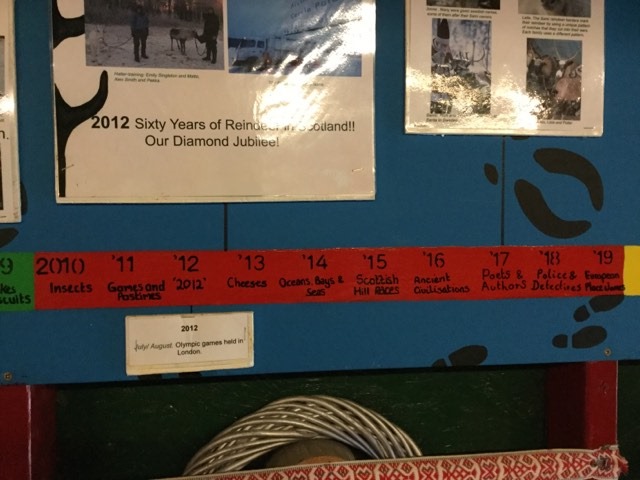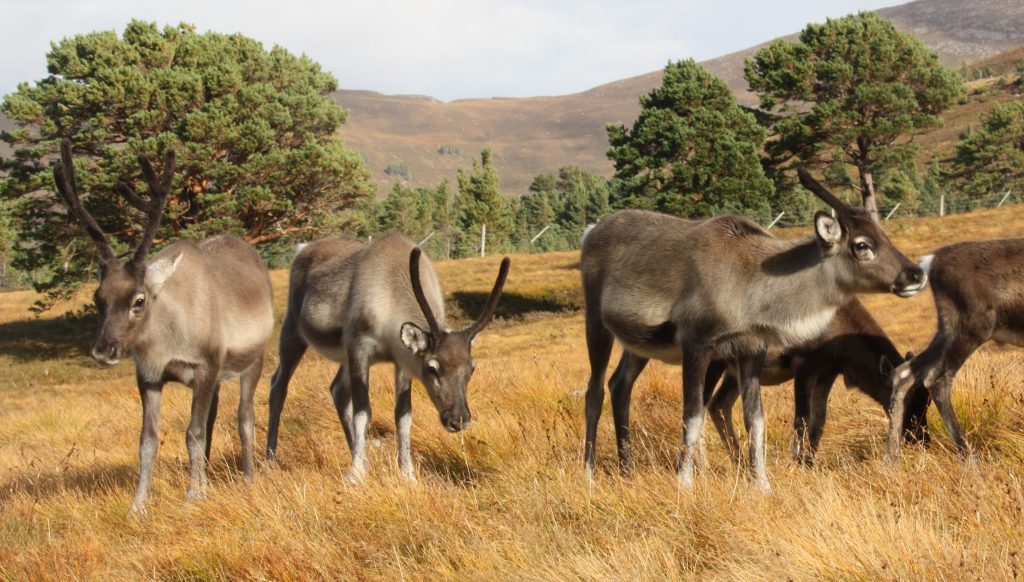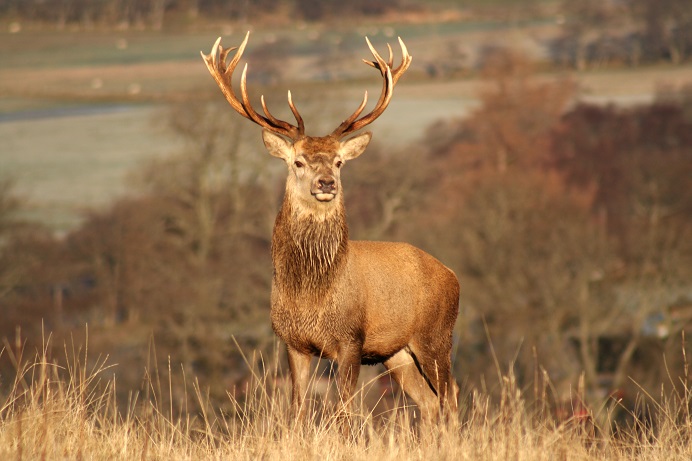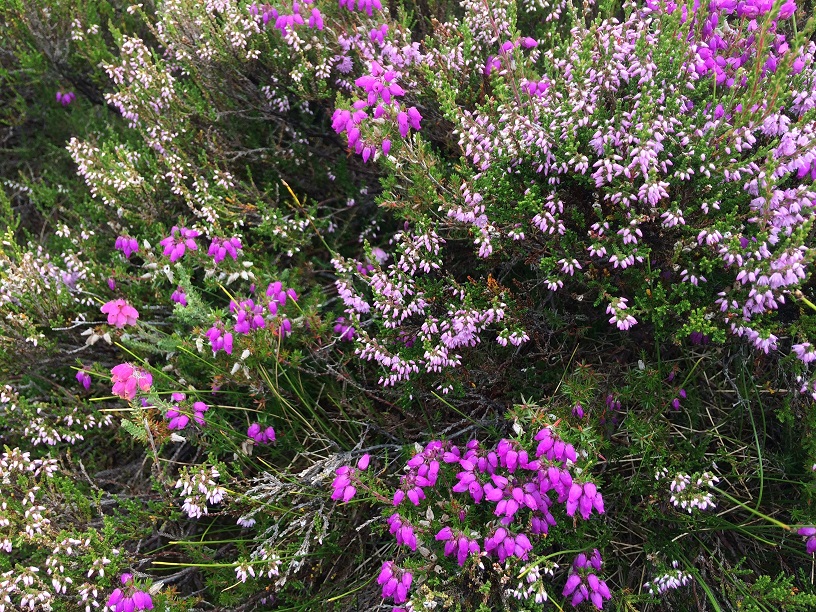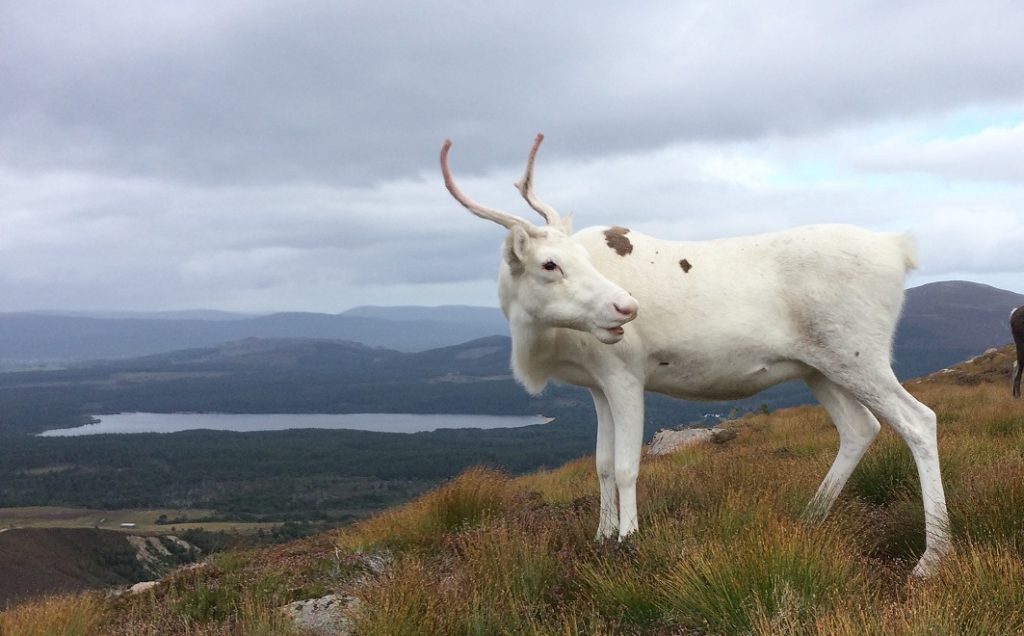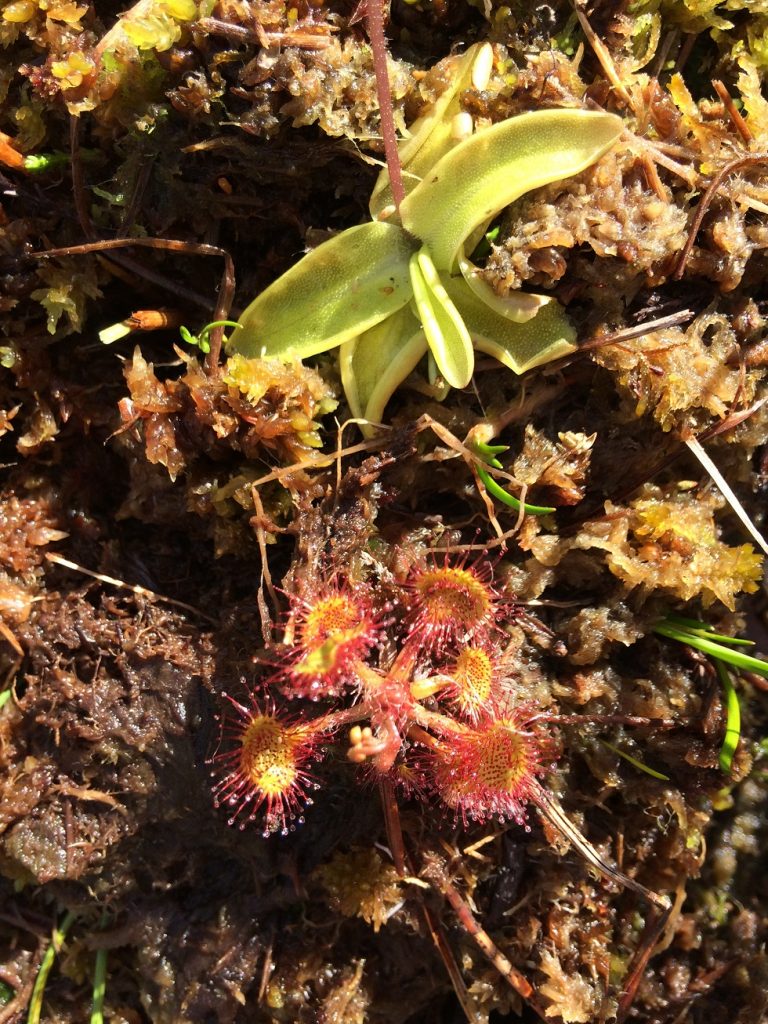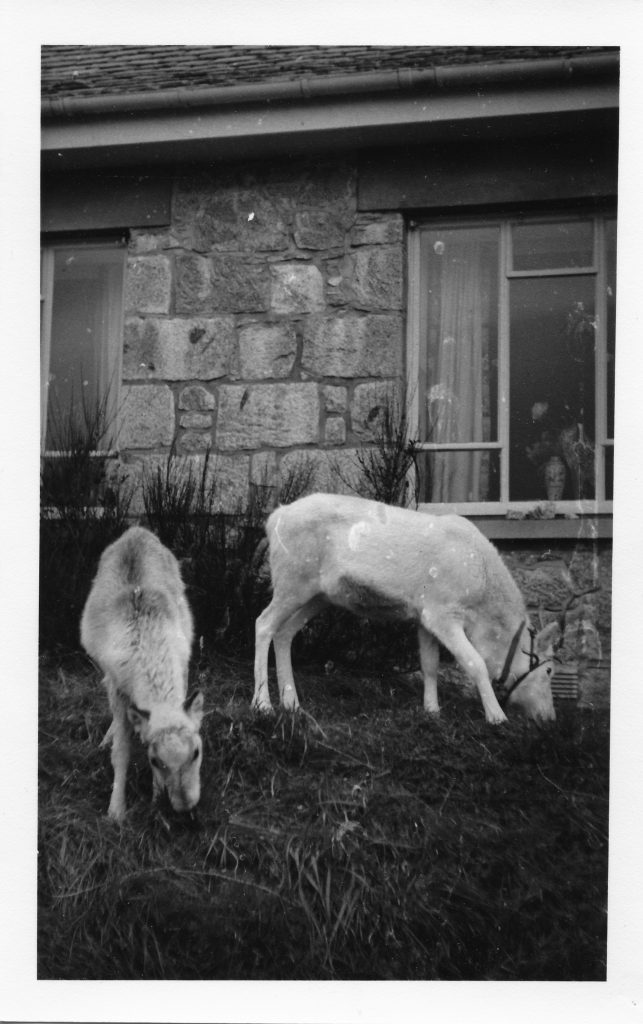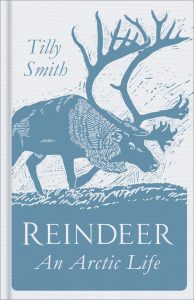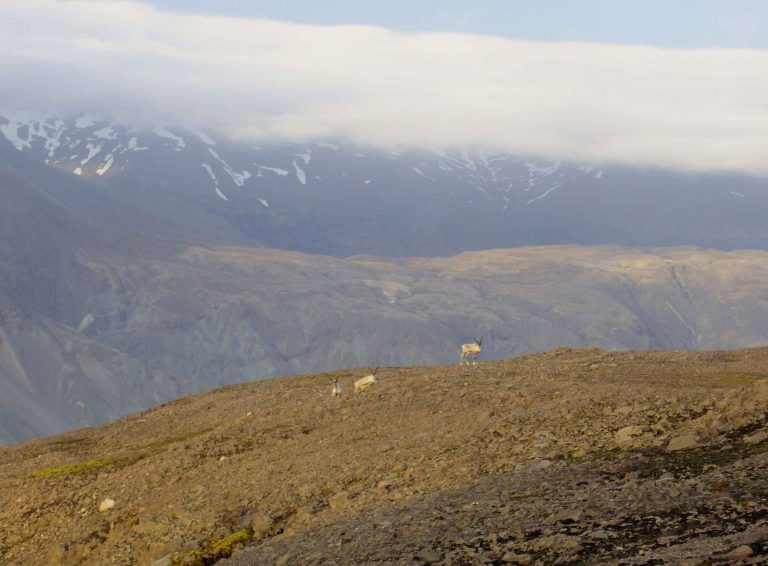As well as being highly qualified reindeer herders… (a qualification that takes years of course 😉 ) quite a few of us herders have our own wee side-lines which we either do as a hobby or to get an extra bit of pocket money each month selling our goods online or through our reindeer shop.
Olly has been part of the reindeer herding family for over 5½ years now, since he was 17. Although he is one of the youngest herders he is by far the most practical when it comes to handyman, maintenance and craftmanship work and the list goes on! He has fixed many a thing at Reindeer House and constantly gets roped in to help with projects including woodwork and building. As well as being a reindeer herder he has worked for a bushcraft company, teaching groups of kids the skill set and more ‘simple’ life when it comes to living and embracing the outdoors… away from the hustle and bustle of normal life!
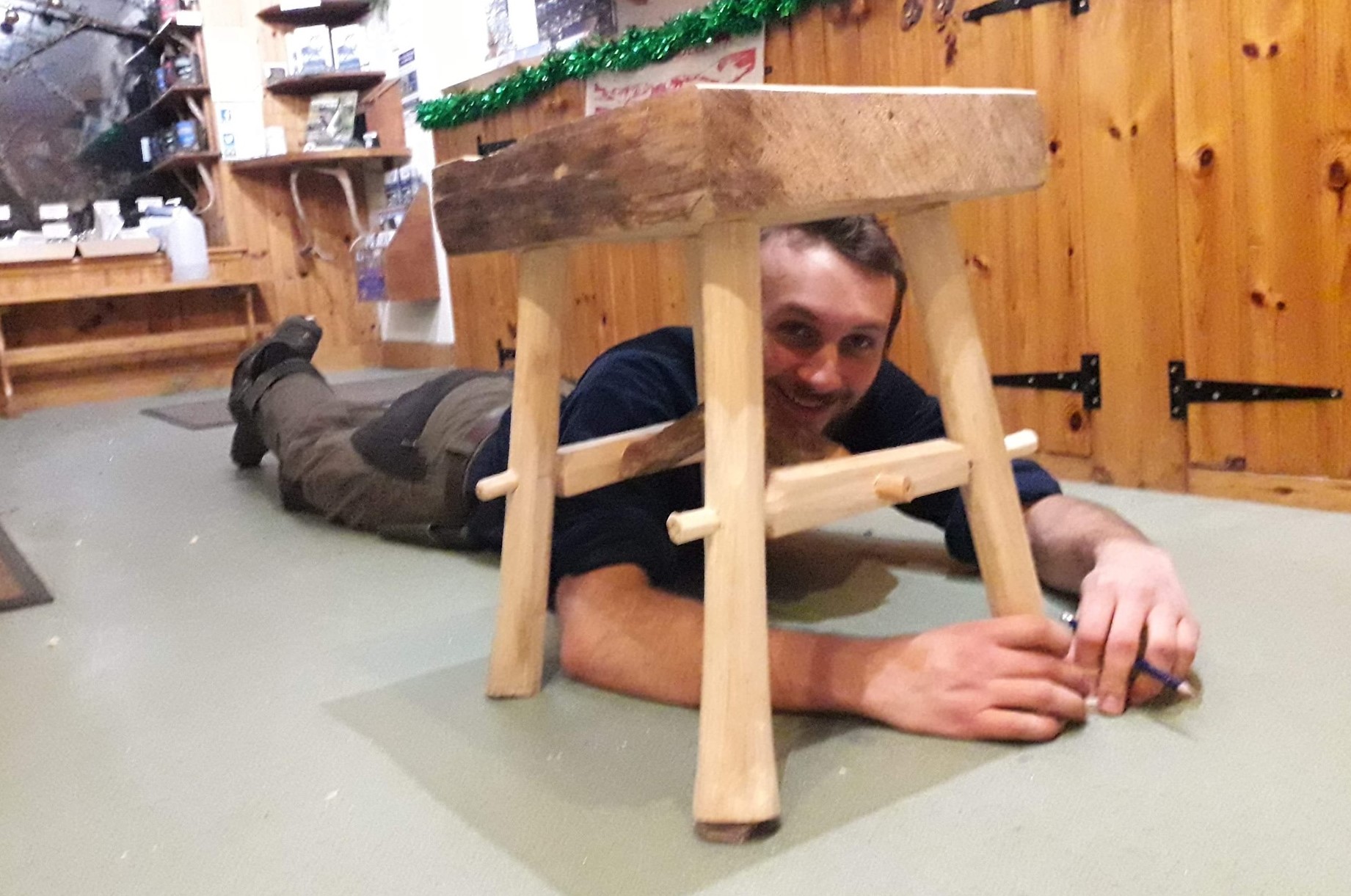
Throughout 2020 Olly has established his own company, Corvus, doing everything from putting up shelving to building sheds, whittling spoons and his latest venture of hand carving beautiful wooden cups. Each one turns out different due to the nature of the wood and working with the grain. He now has his own social media following and Etsy shop which is proving to be extremely popular. During winter/spring last year when the whole country went into lockdown, Olly lost work with the bushcraft company due to restrictions not allowing it to go ahead and has really made the most of what could have been a very long year – instead he has broadened his skill set and kept Reindeer House up to scratch in maintenance… Thanks Olly!
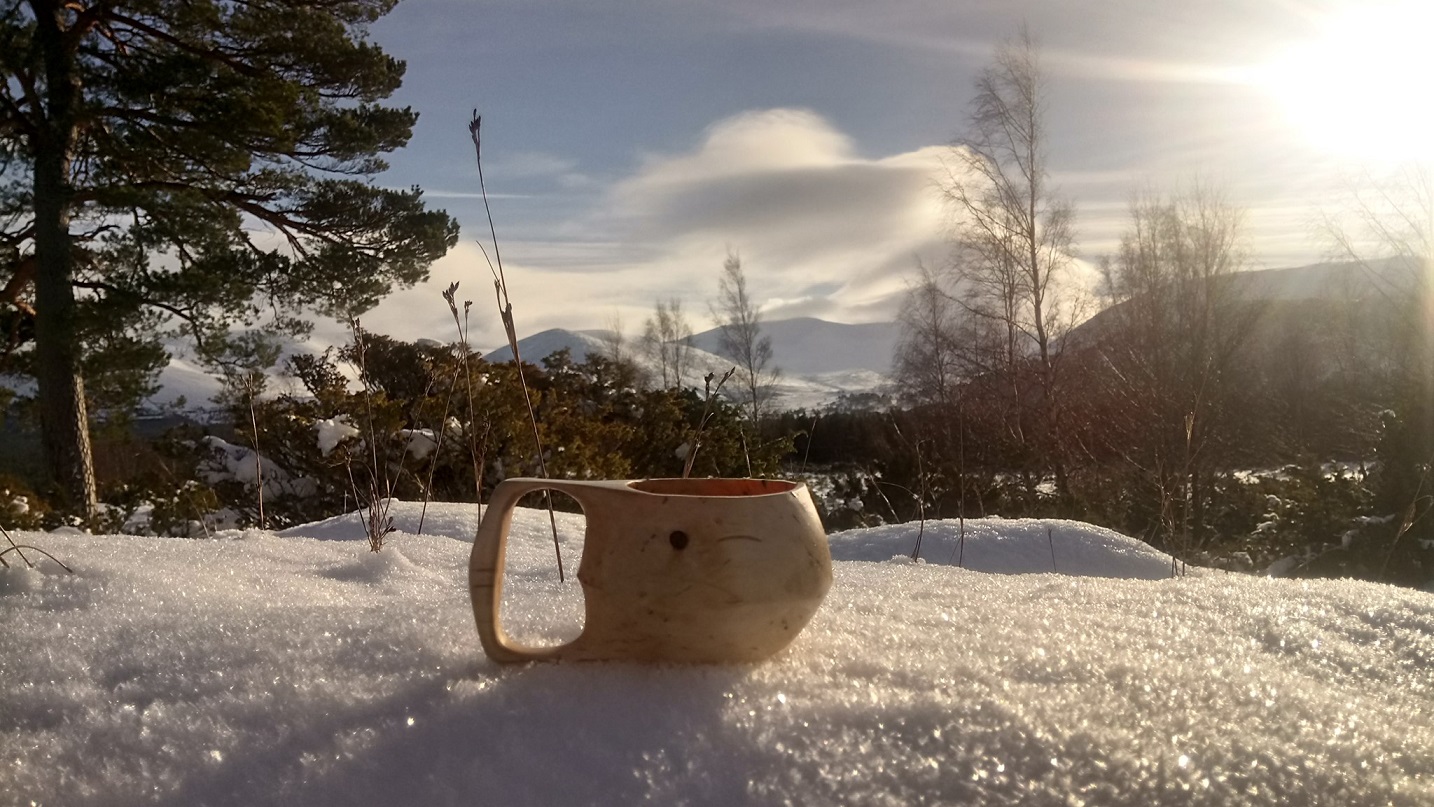
See links below for keeping in the loop and what’s for sale through Corvus.
Corvus: Facebook page and Etsy page
I’ve (Fiona) been crafting with reindeer antler for over ten years now. I guess I’ve been inspired by the beautiful handicrafts made by the Sami people throughout Scandinavia having visited there in the past – their craft is a whole new level but having been self taught through trial and error I’ve worked out what sells and along the way got to work with a really great product. The best sellers are of course the necklaces, bracelets, keyrings and earrings I sell through our reindeer shop. These are affordable and don’t take too long to make. Pairing reindeer antler with colourful wooden beads it makes for a unique present or souvenir. I then took it a step further and now I do antler/wood handles for knives, bottle openers, cheese knives etc. This has been fun working out and having Sami friends to quiz along the way means I’m getting the best of the best advice!
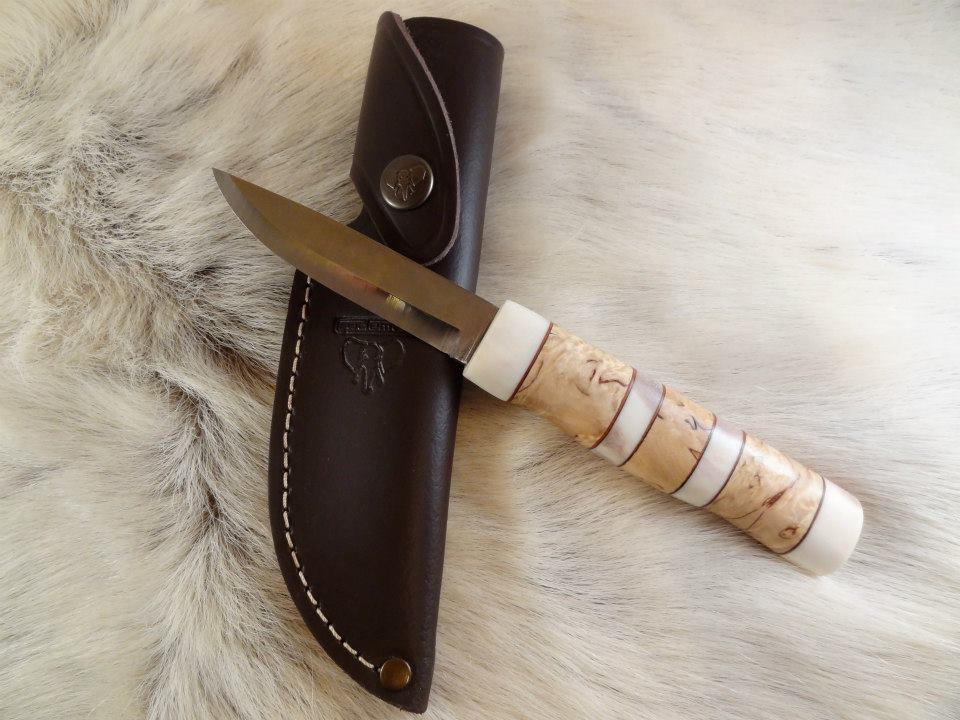
I’ve made cake knives for friends weddings and even reindeer antler rings. I don’t have a company as such but call myself Antler Crafts. It’s a great way to switch off, especially if it’s a bad weather day, I can tinker around in the workshop and my bedroom making bits and bobs from the reindeer antler.
Antler Crafts: Facebook page
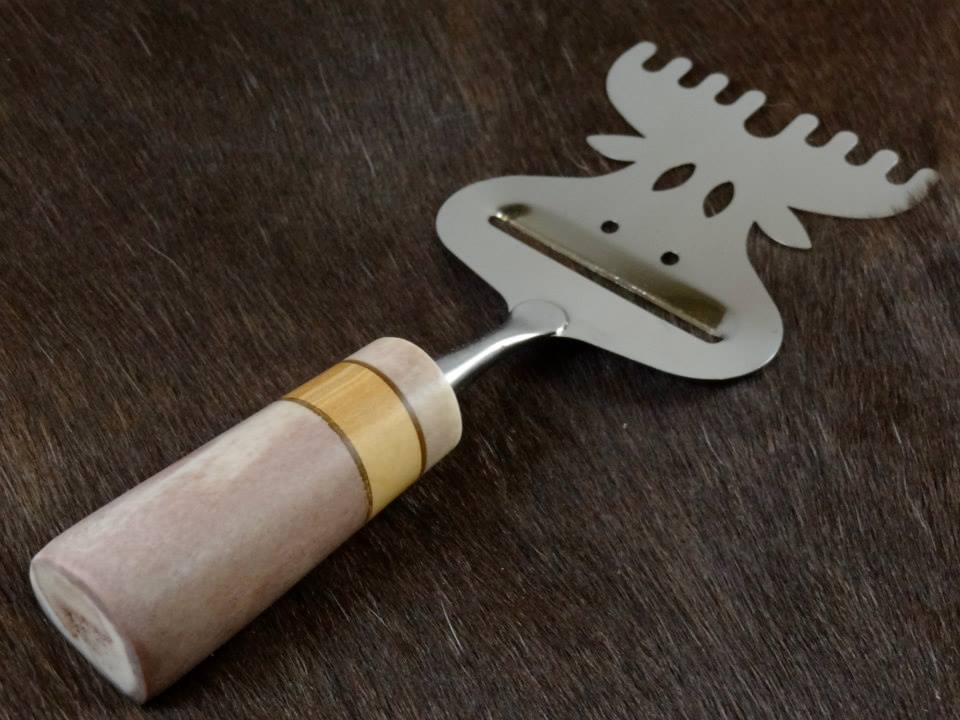
Andi has been in the reindeer herding scene now for well over ten years and full time since 2011, but has a very different hobby to Olly and I who work with wood and reindeer antler. Andi has self taught herself the art of taxidermy.
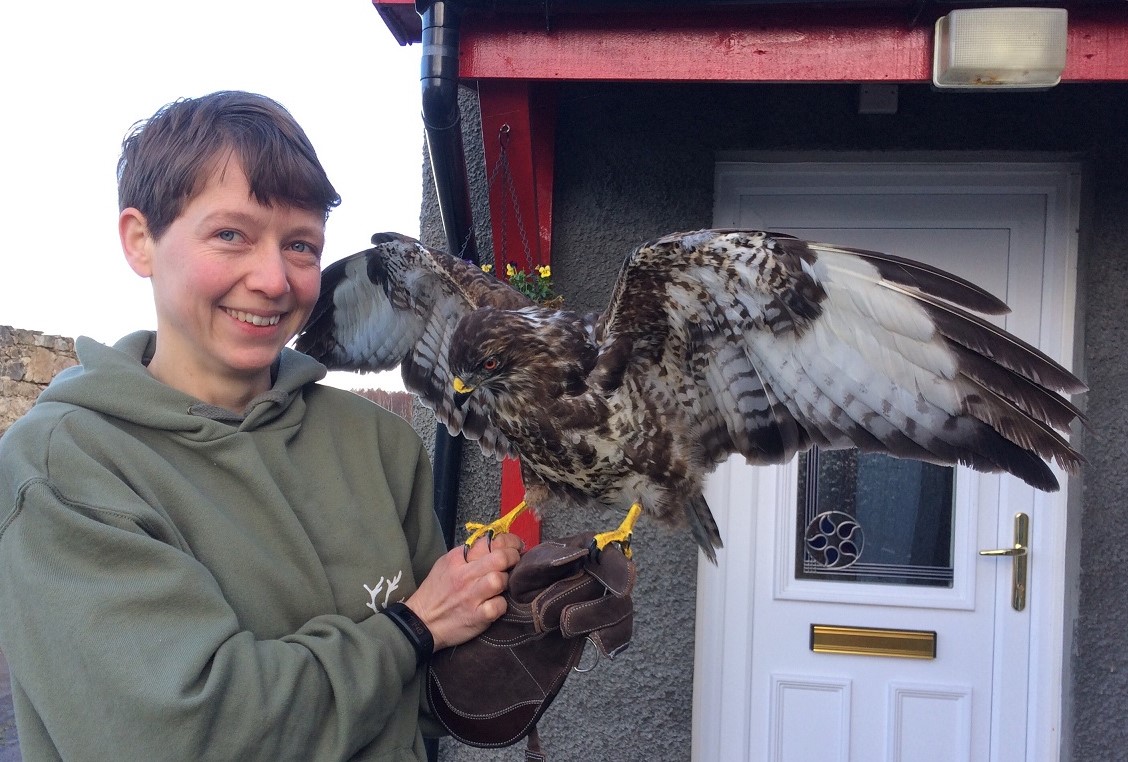
Whenever she, or someone else (usually other reindeer herders) finds an animal or bird which has recently died through natural causes, we pop them in the freezer ready for Andi to work on. She is self taught in building manikins and tanning skins to restore these beautiful animals. Although we appreciate it is not everybody’s cup of tea there is certainly enough interest for her to keep up this unusual hobby. Seeing some of these animals up close through taxidermy may sometimes be the only way you can really appreciate their colouring or structure as in the wild they are often they are seen in a split second and you may never know it’s true beauty.
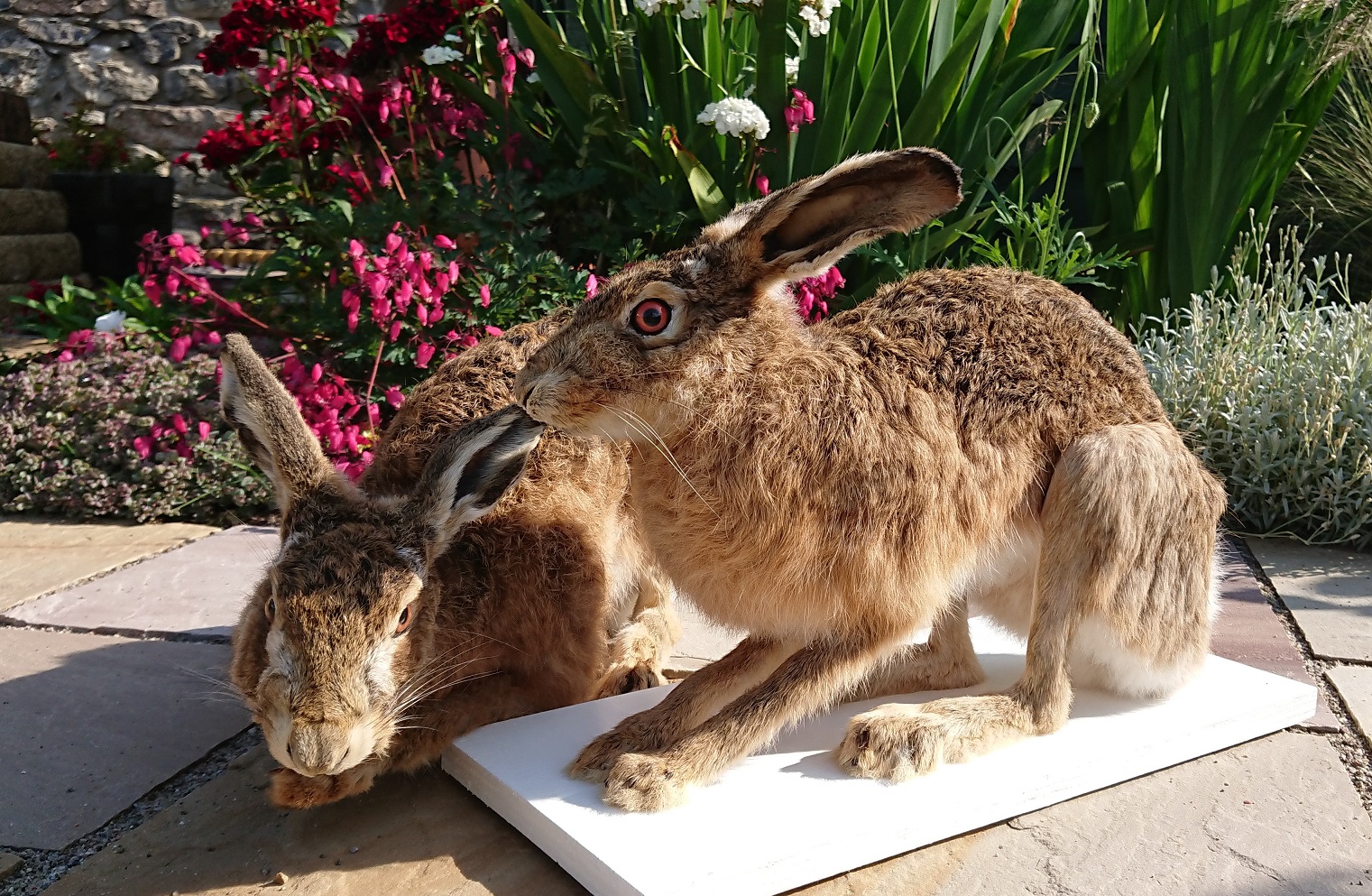
You can follow her on social media and she also has an online Etsy shop you can check out.
Andi’s Taxidermy: Facebook page and Etsy page
Manouk worked with us for a couple of years from 2018-2020 and still lives locally. I was always very jealous of her artistic skills and beautiful drawings.
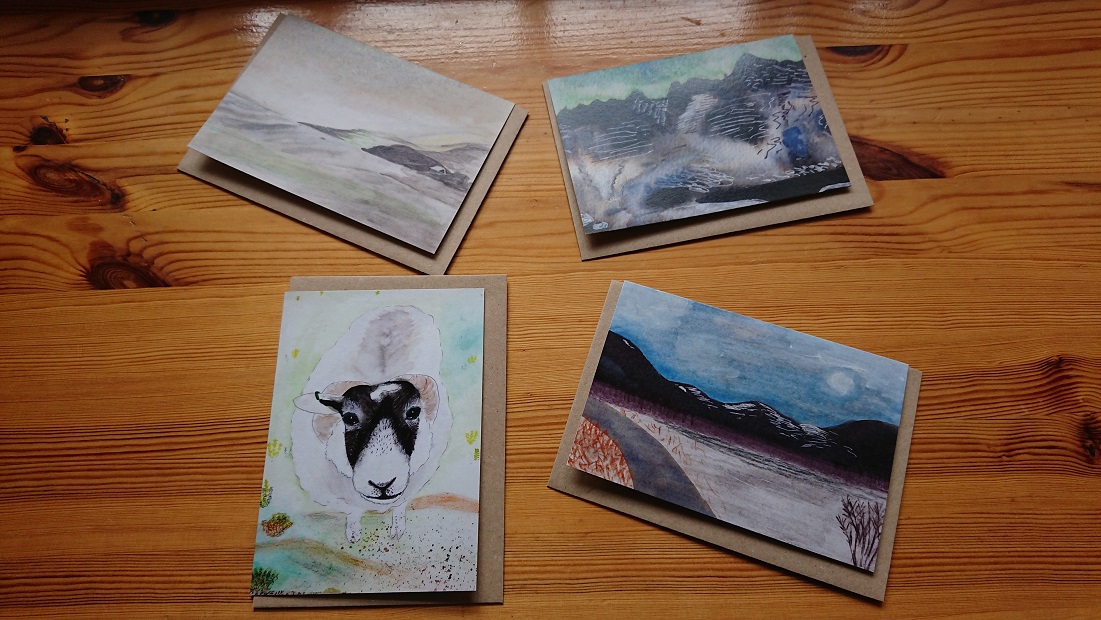
Over the last couple of years she has been sketching landscape and mountain scenes as well as her day to day subjects such as the friendly local sheep in nearby fields. She has turned her art into gift cards and sells them online. Check out her Etsy shop and get yourself some lovely cards.
Manouk’s Etsy page
Sheena is definitely the most artistic of us all… even though she would try and say otherwise!

She has a real eye for colour and shape and you can be midway through a conversation and she’ll whip out her sketch book and pencil and start sketching the surroundings. We’ve been to many music festivals over the years and while everyone is taking photos there is Sheena with pencil and paper capturing the moment in a very different way. She is so encouraging to anyone who wants to give it a go, giving them sound advice but at the same time making sure they create something from their own mind, not hers.
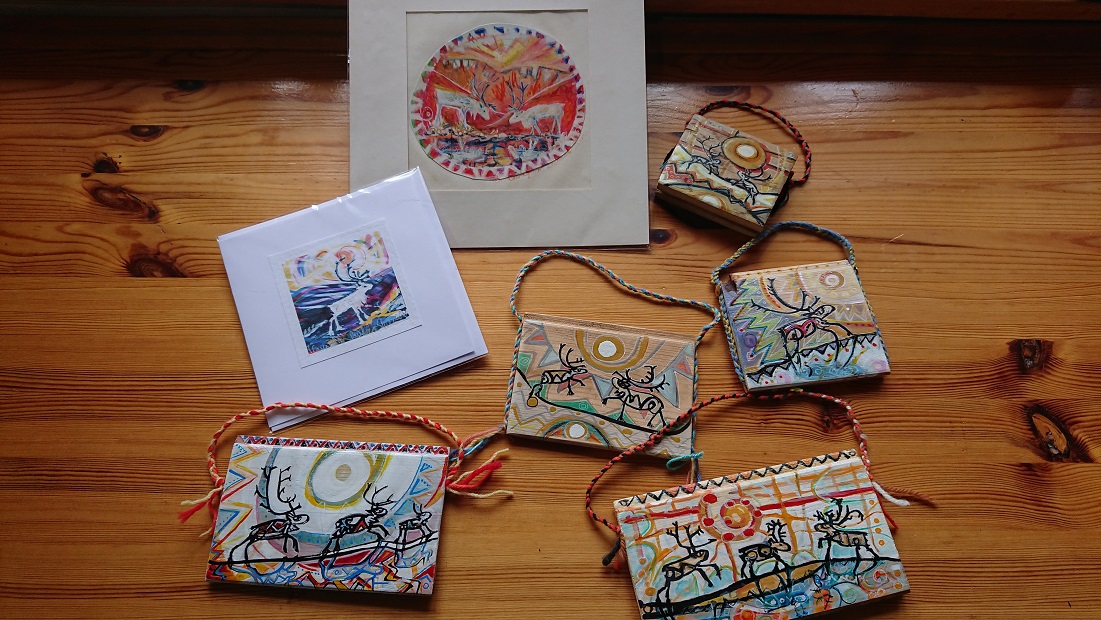
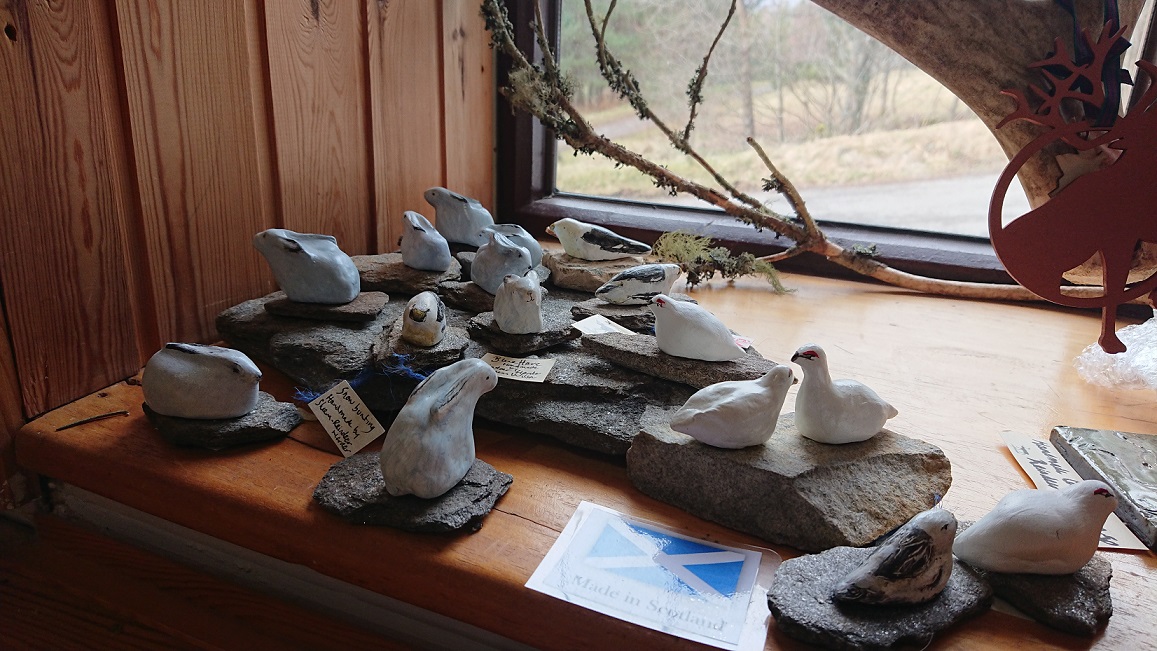
She paints on wooden plaques and canvas as well as making clay animals and selling them through our reindeer shop. Mind you it only makes it to the shop if another reindeer herder doesn’t buy it first! Sheena doesn’t have any social media pages or online shop, but some of her items are always available in our shop here at the Centre, and can occasionally be found in our online shop too.
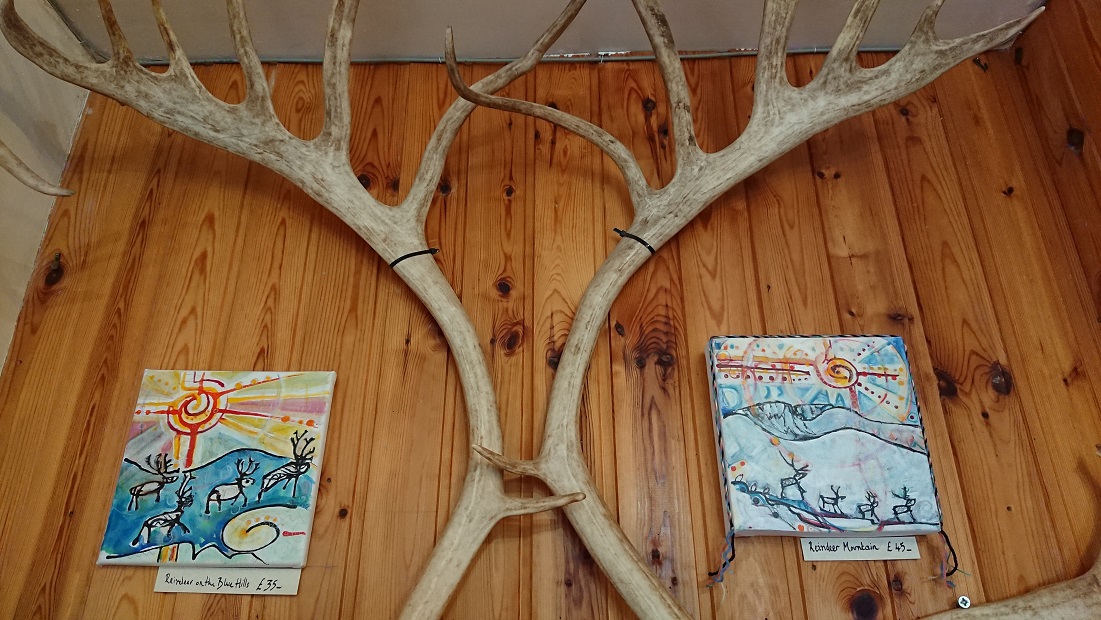
Joe has been a seasonal herder now for over 3 years and when he’s not working here he’s usually a mountain guide so knows the hills throughout Britain very well. More recently he’s got into photography, buying himself a fancy pants camera! He’s got a great eye when it comes to capturing a moment or scene – this was always very apparent on the photos he took on his phone so now he has the high tech equipment the photos are even more mind blowing. So with his love for being in the mountains coupled with his knowledge and fitness to take him to some incredible places in the outdoors I suspect there are going to be some pretty amazing photos to come out of it. We will definitely rope him in to get some good reindeer shots, so watch this space – particularly for our upcoming 2022 calendar perhaps!
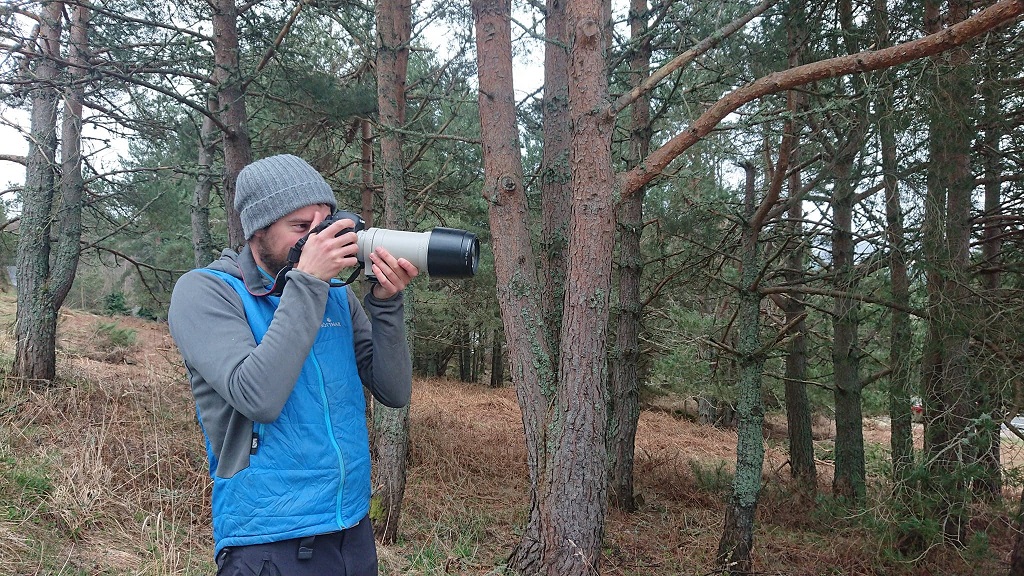
Loch Ness Leather is a company ran by a reindeer herder from back in the day, Heather Hanshaw. I don’t want to call her an ex reindeer herder cos you never really know when these ex herders dip their toe back into the odd bit of herding… Both Heather’s parents have always worked with leather and created businesses from it and Heather has now taken on that role and has built the most amazing company and products to go with it.
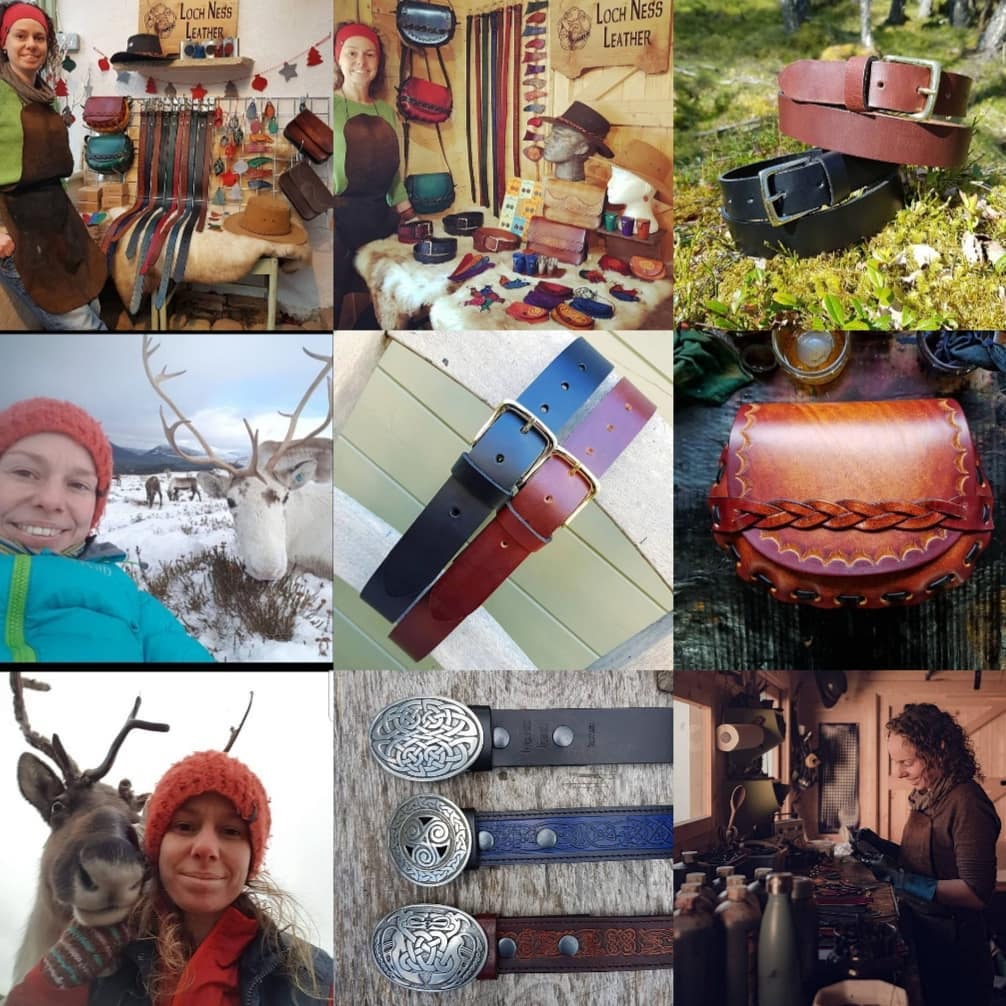
Some of you already have a keyring she has made as these have been going out in adoptions packs since last May for all adoption renewals (about which she wrote a blogfor us about last summer). She knows the rule for our shop – if it’s got a reindeer on it then we’ll sell it – so now we also have whisky hip flasks and dram sets available online. Living locally to us, we can easily catch up on her latest products; usually done during a dog walk or once the chaos of COVID is over lots of lovely social times, dinner and drinks! While checking out her website see if you can recognise those fancy models she got to advertise her products. 😉 Lol!
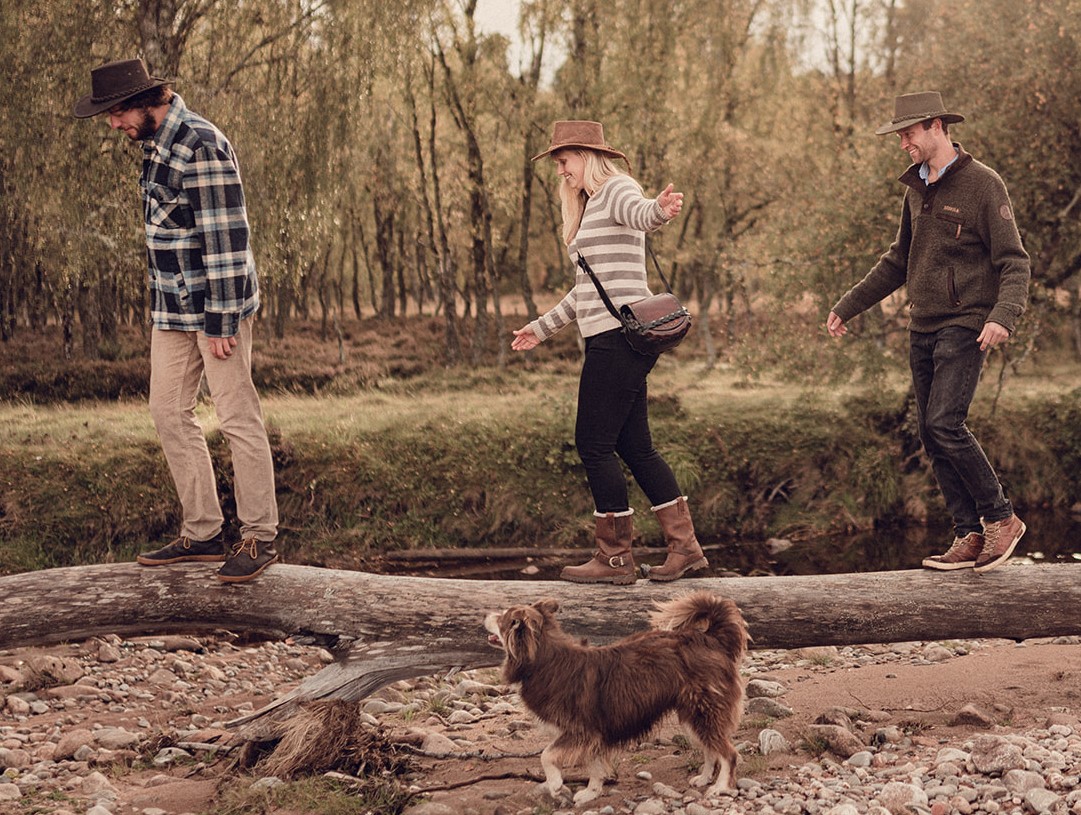
Loch Ness Leather: Facebook page and website

